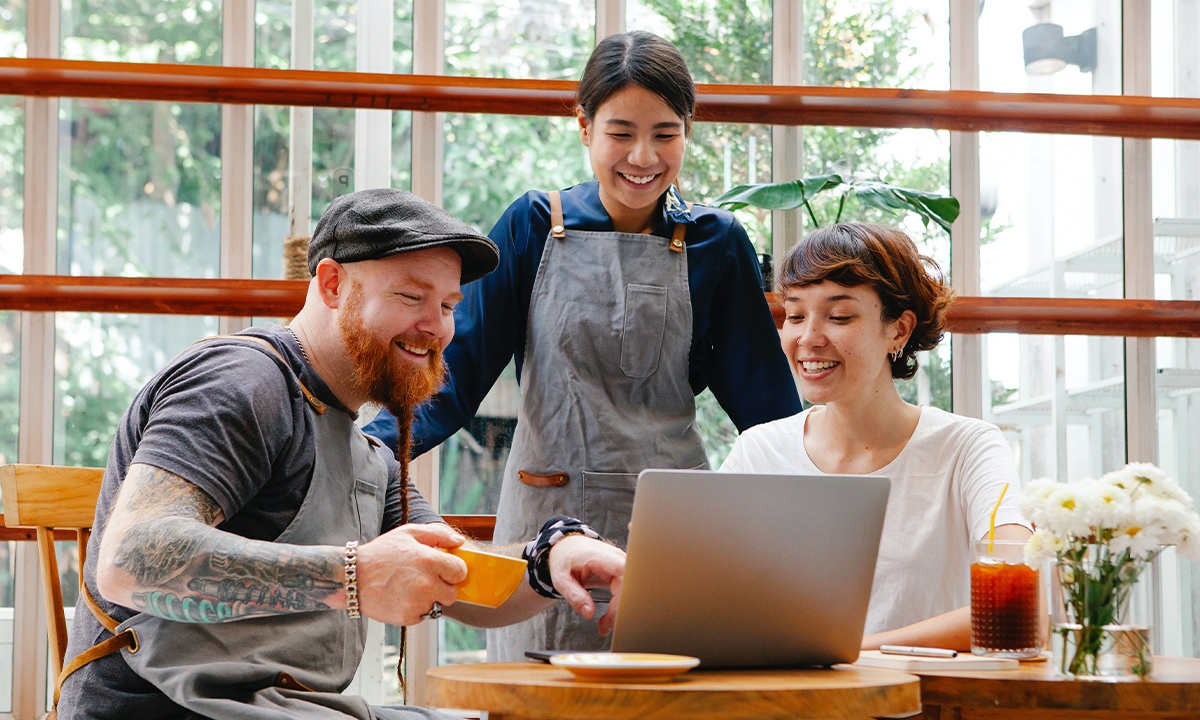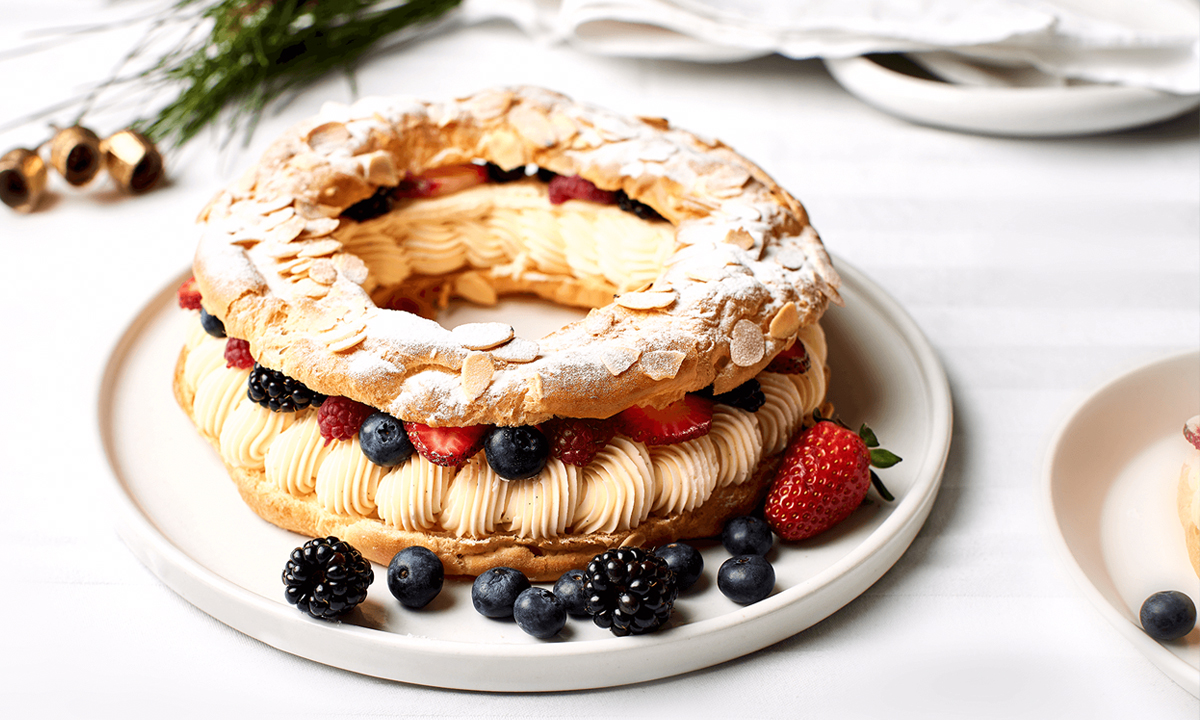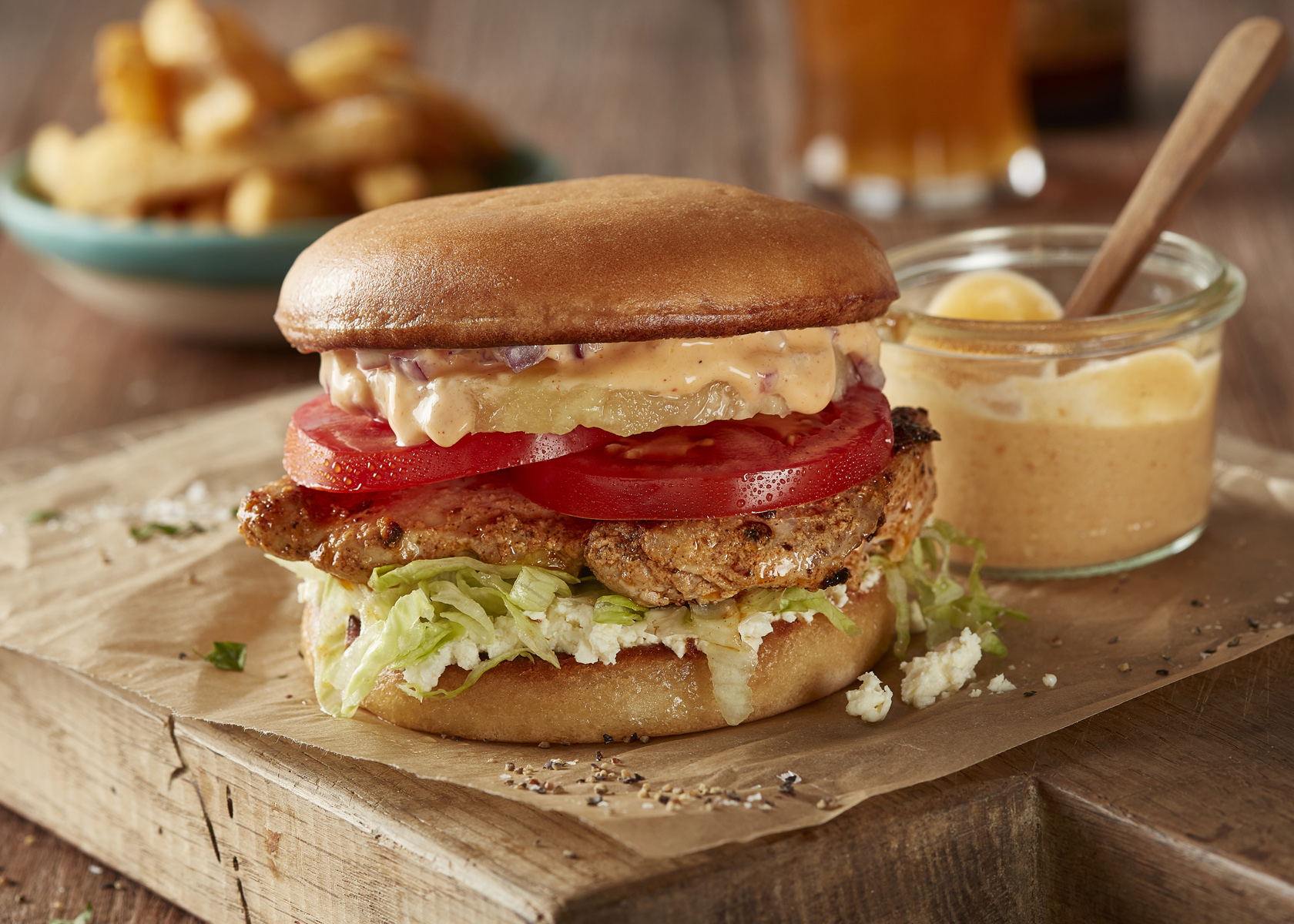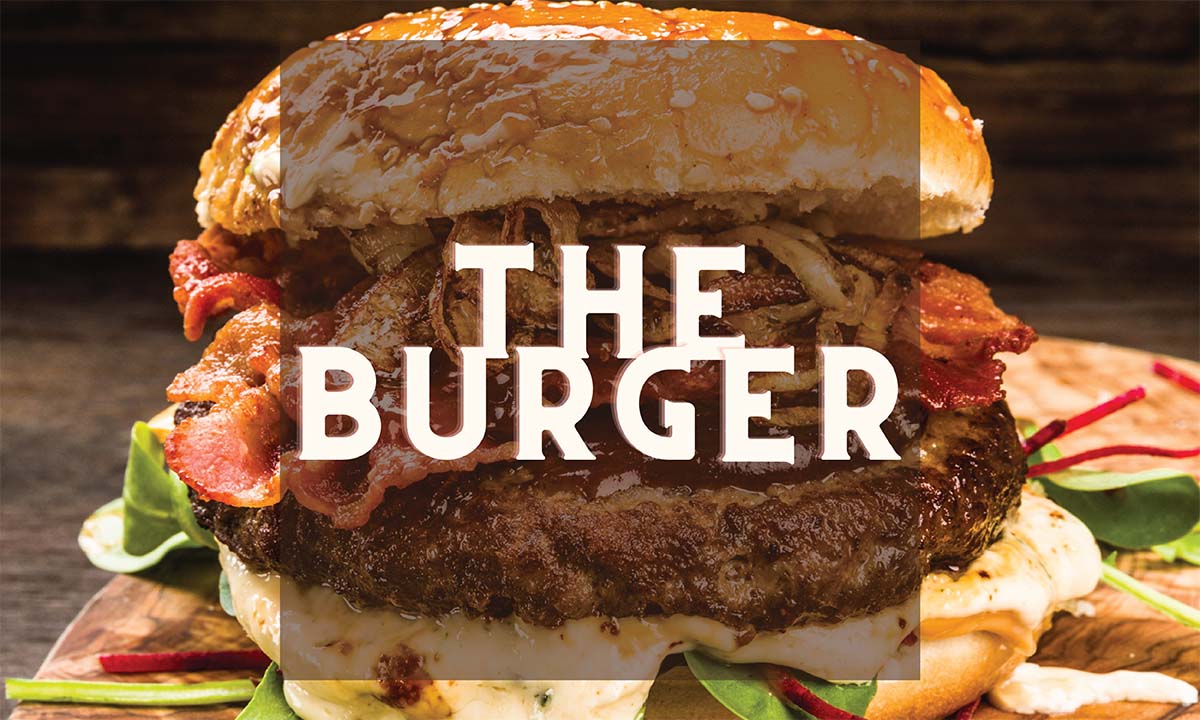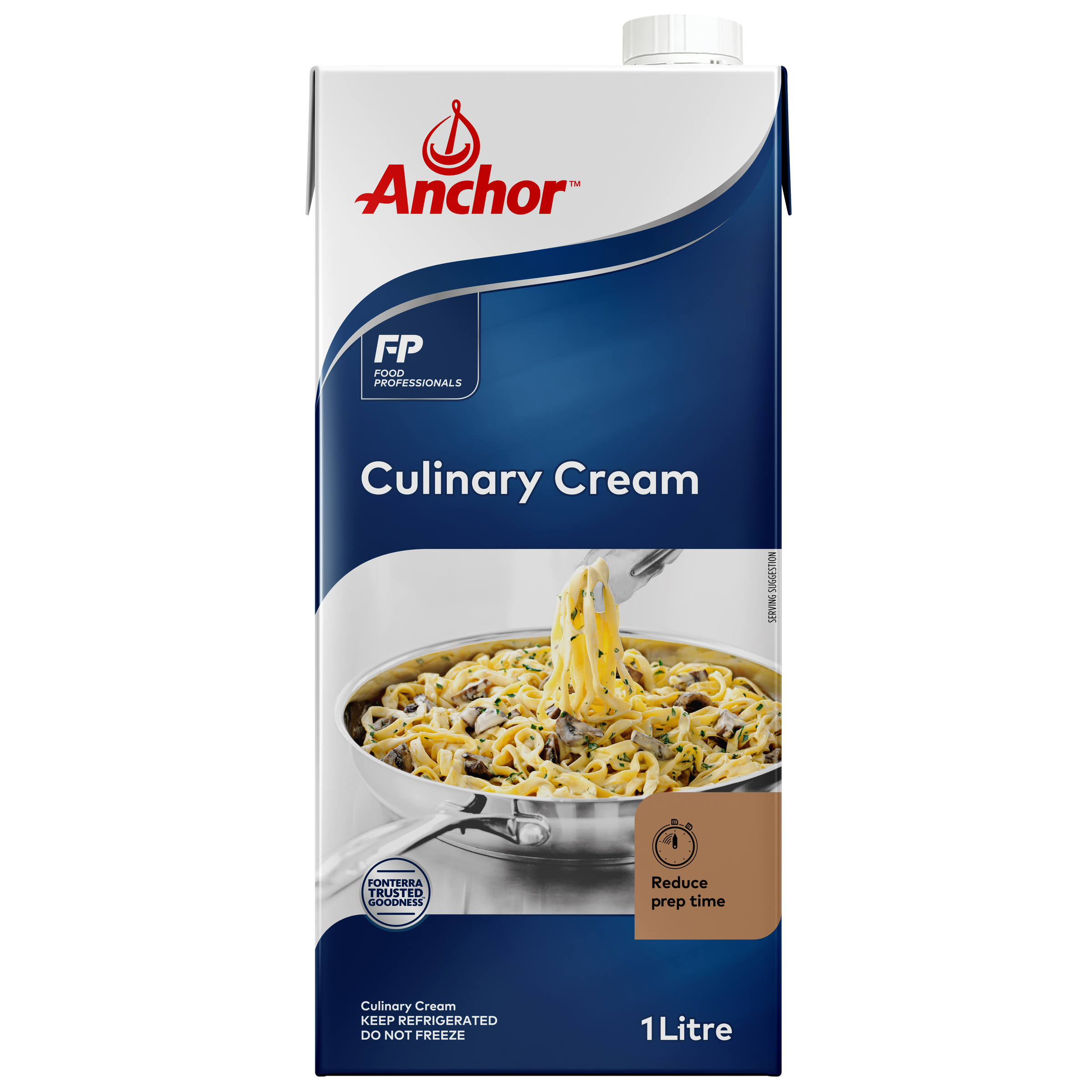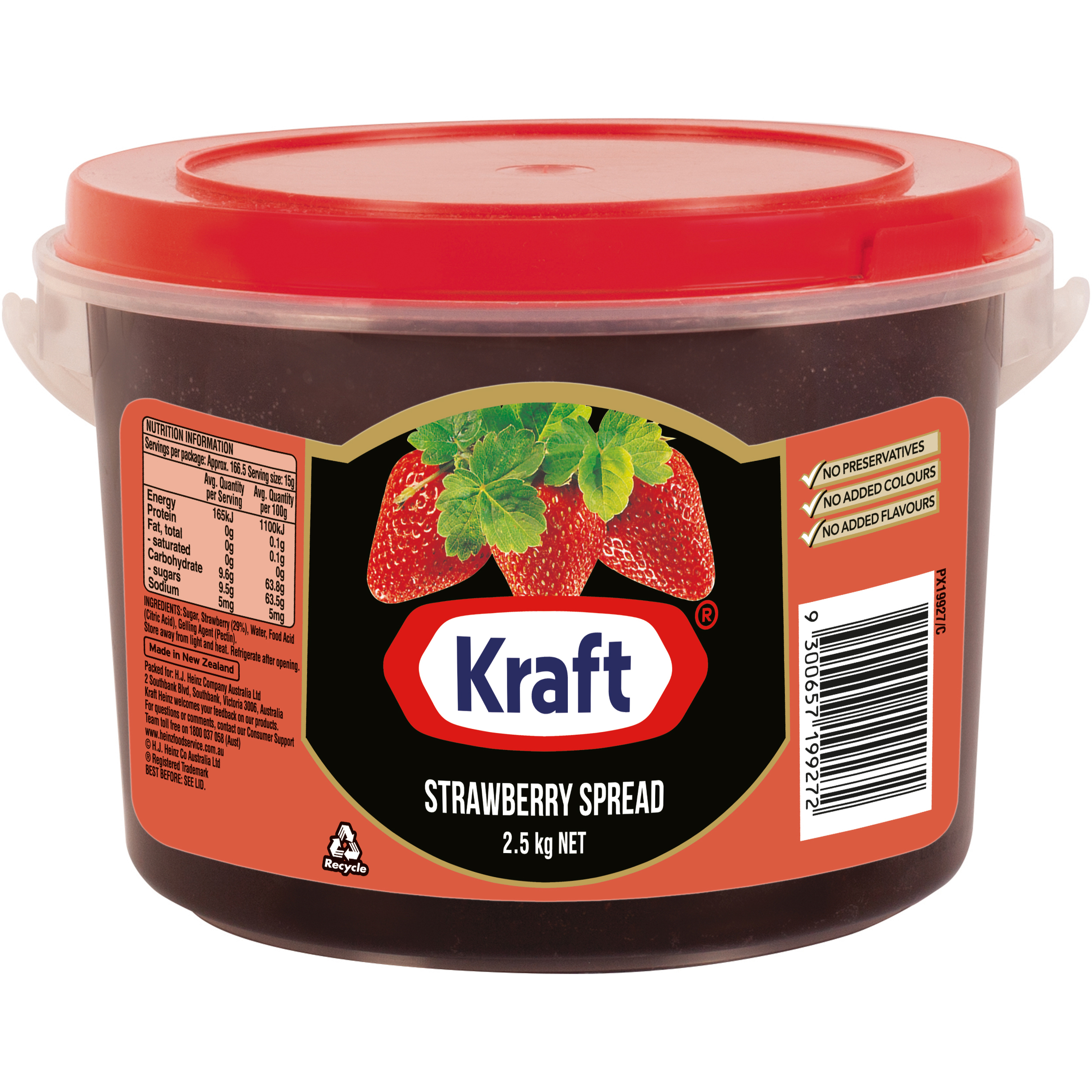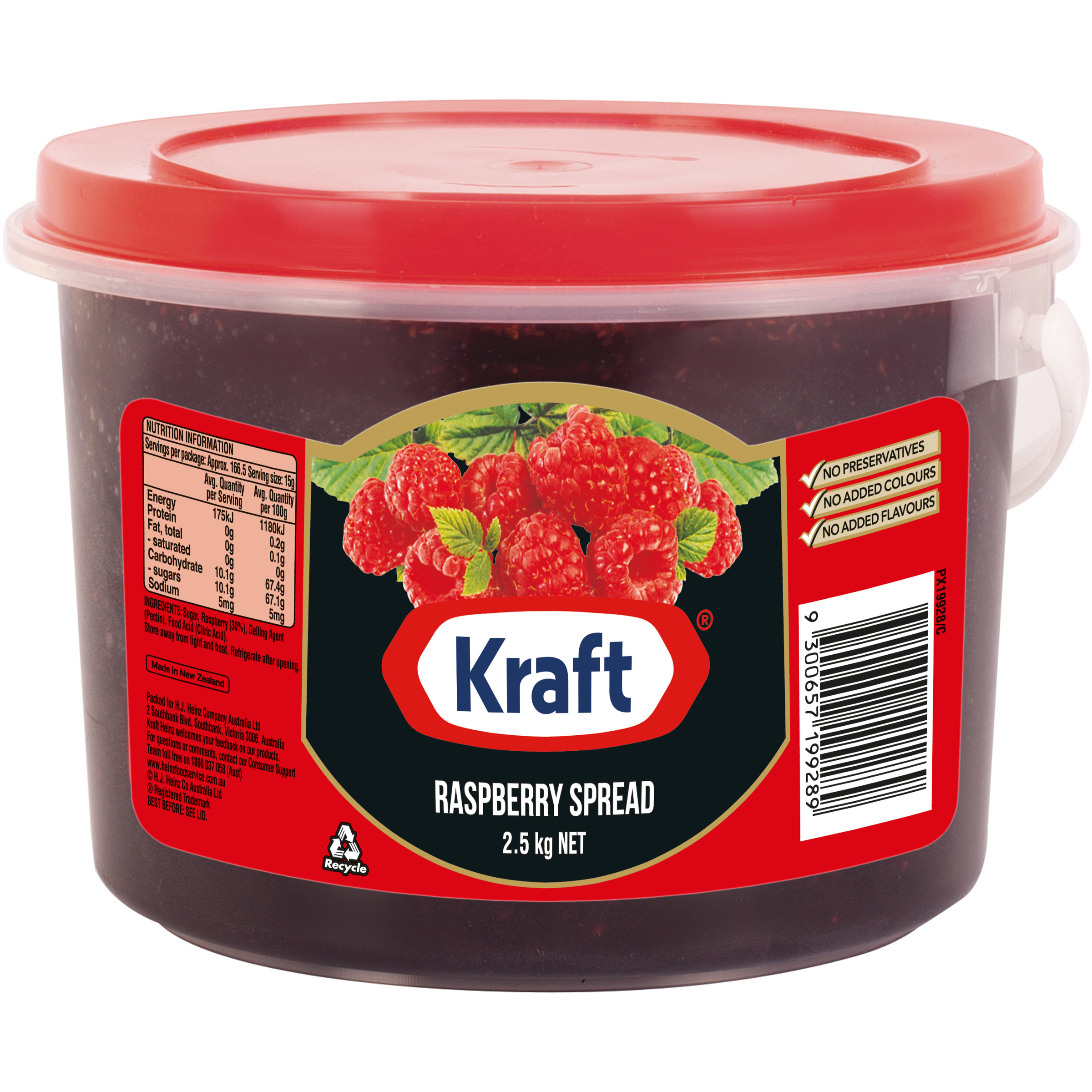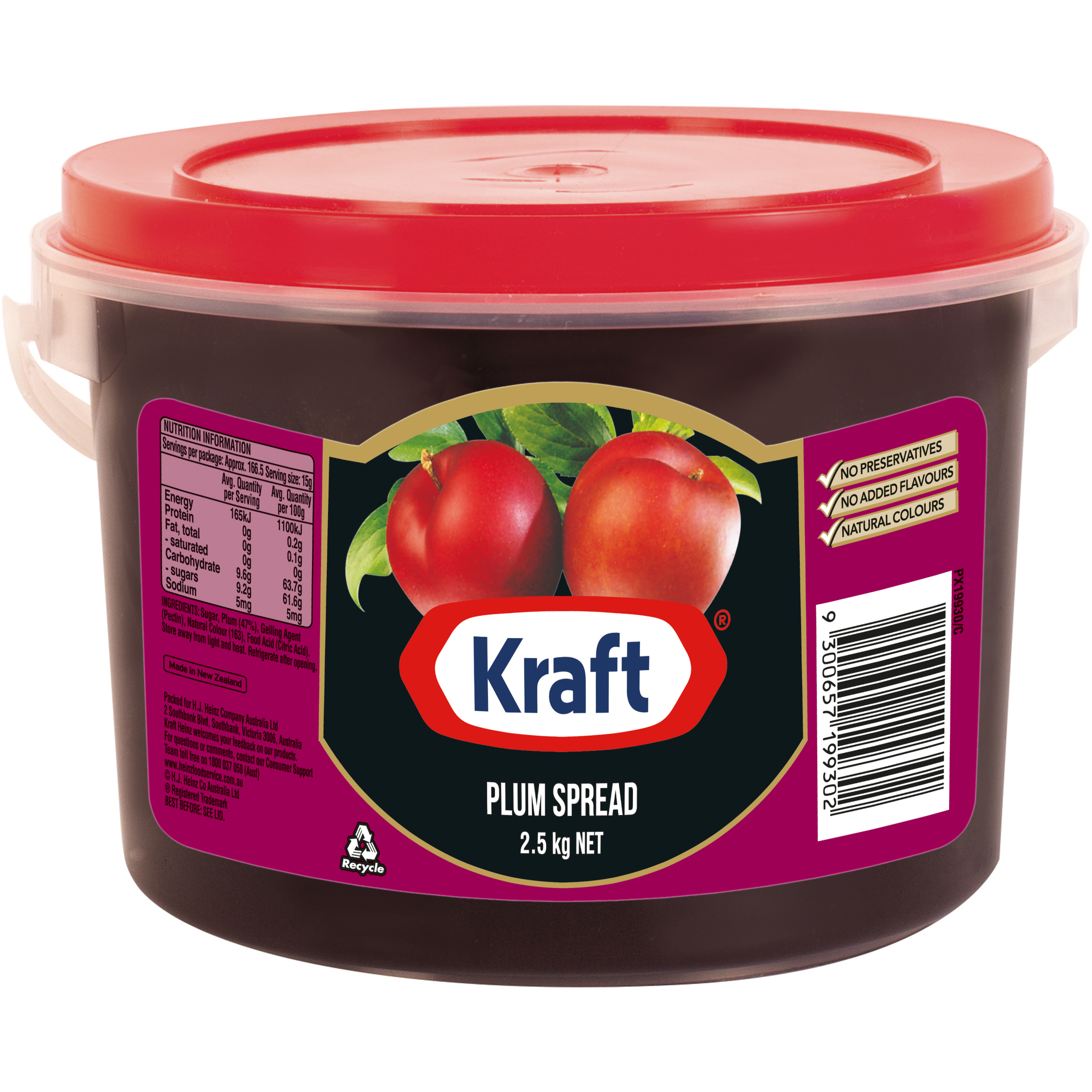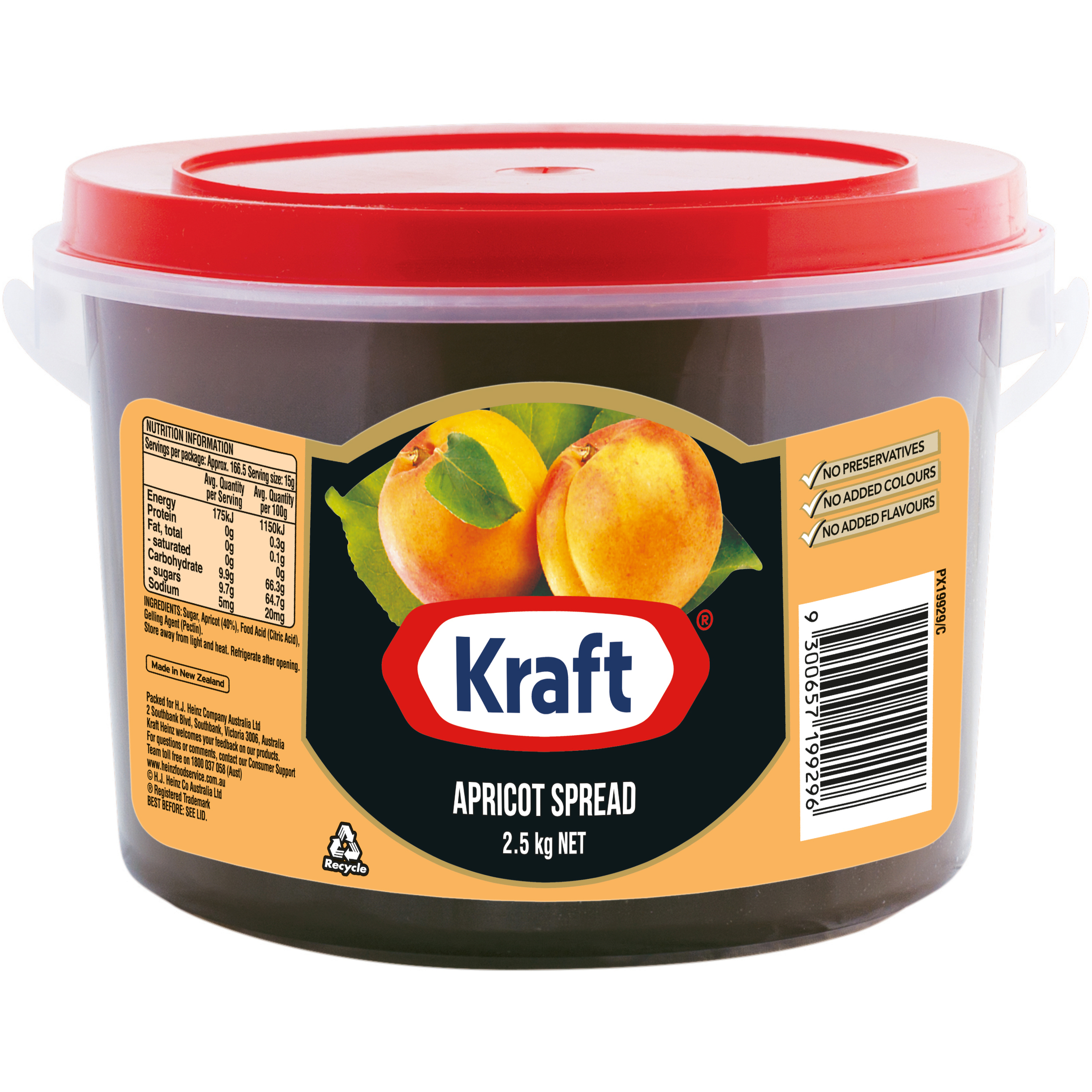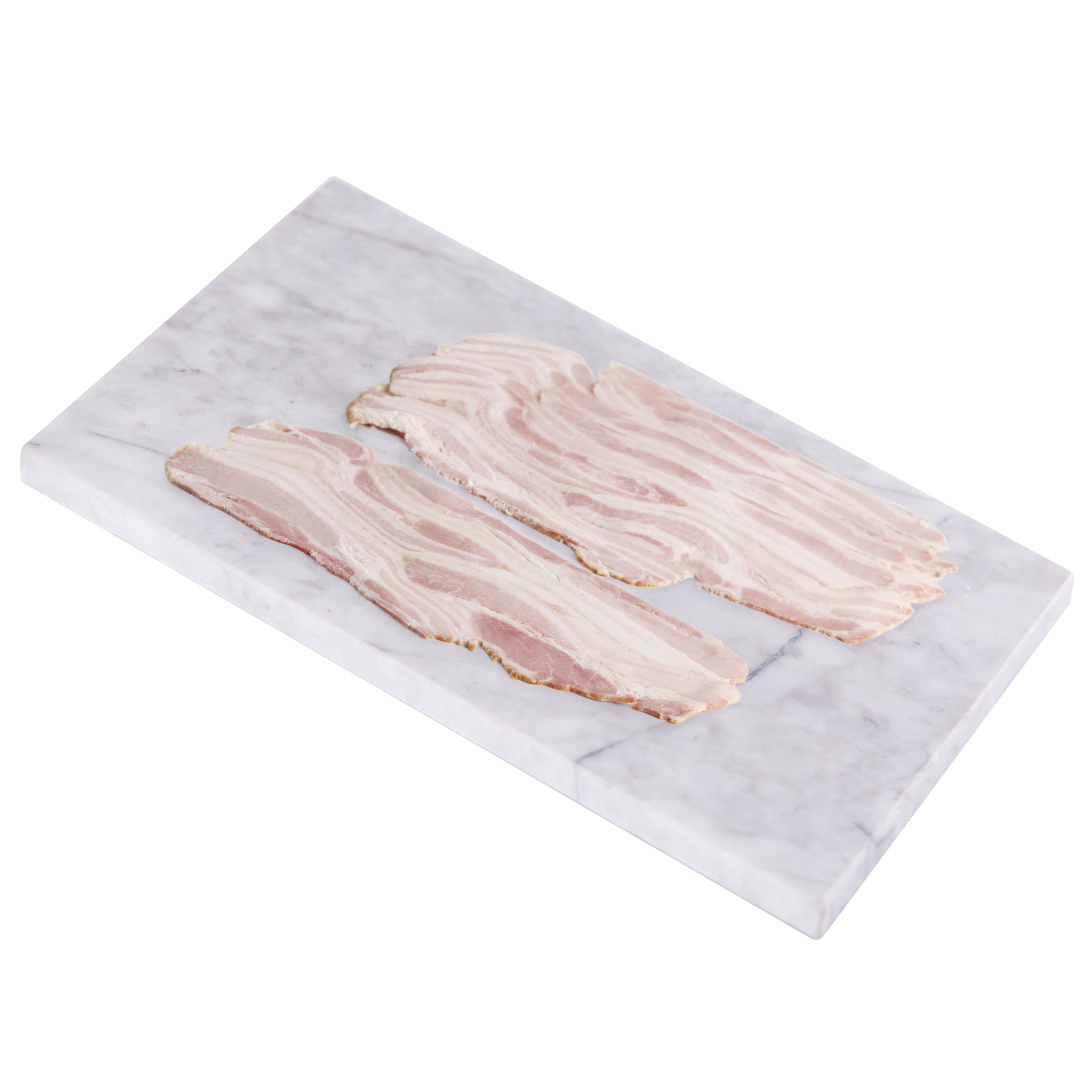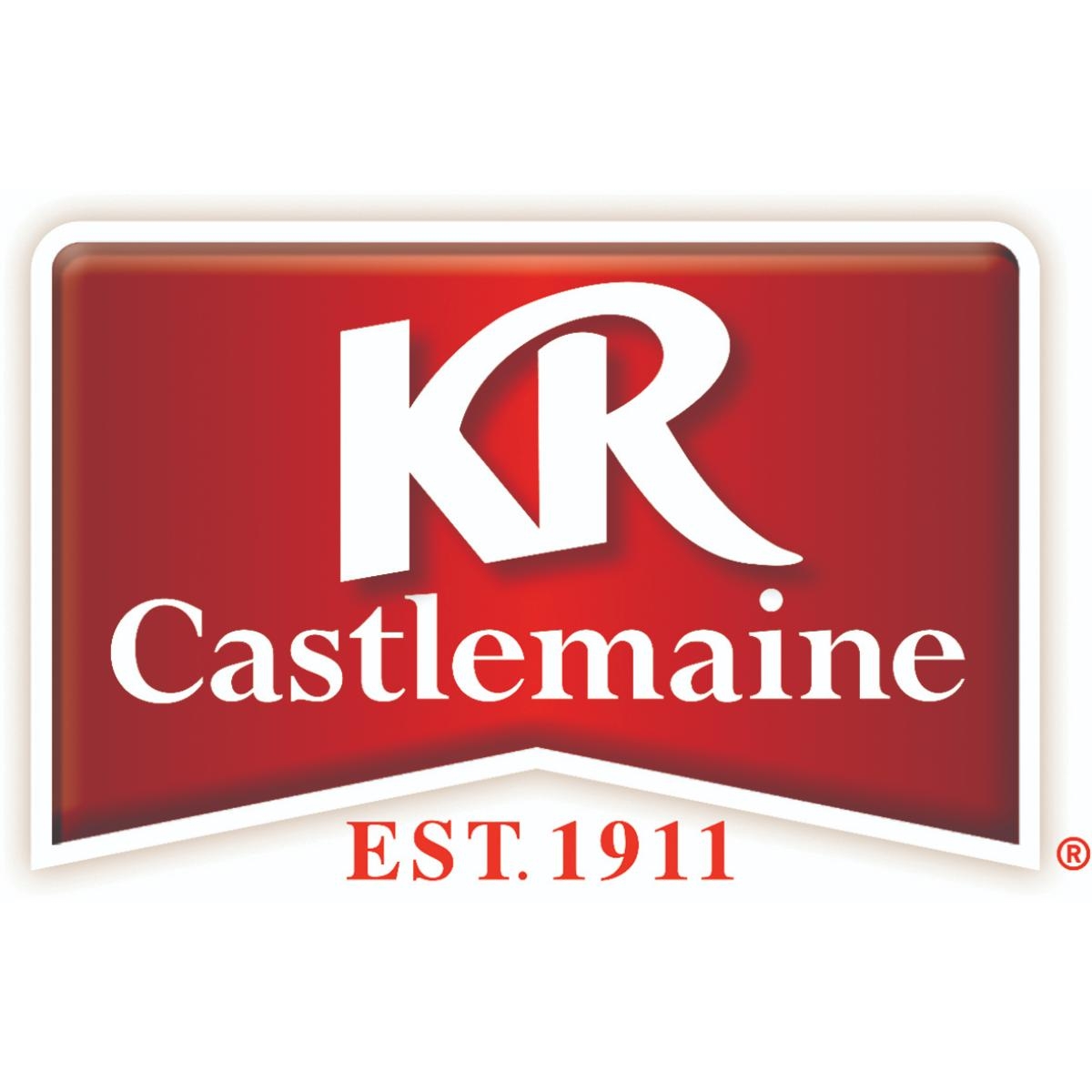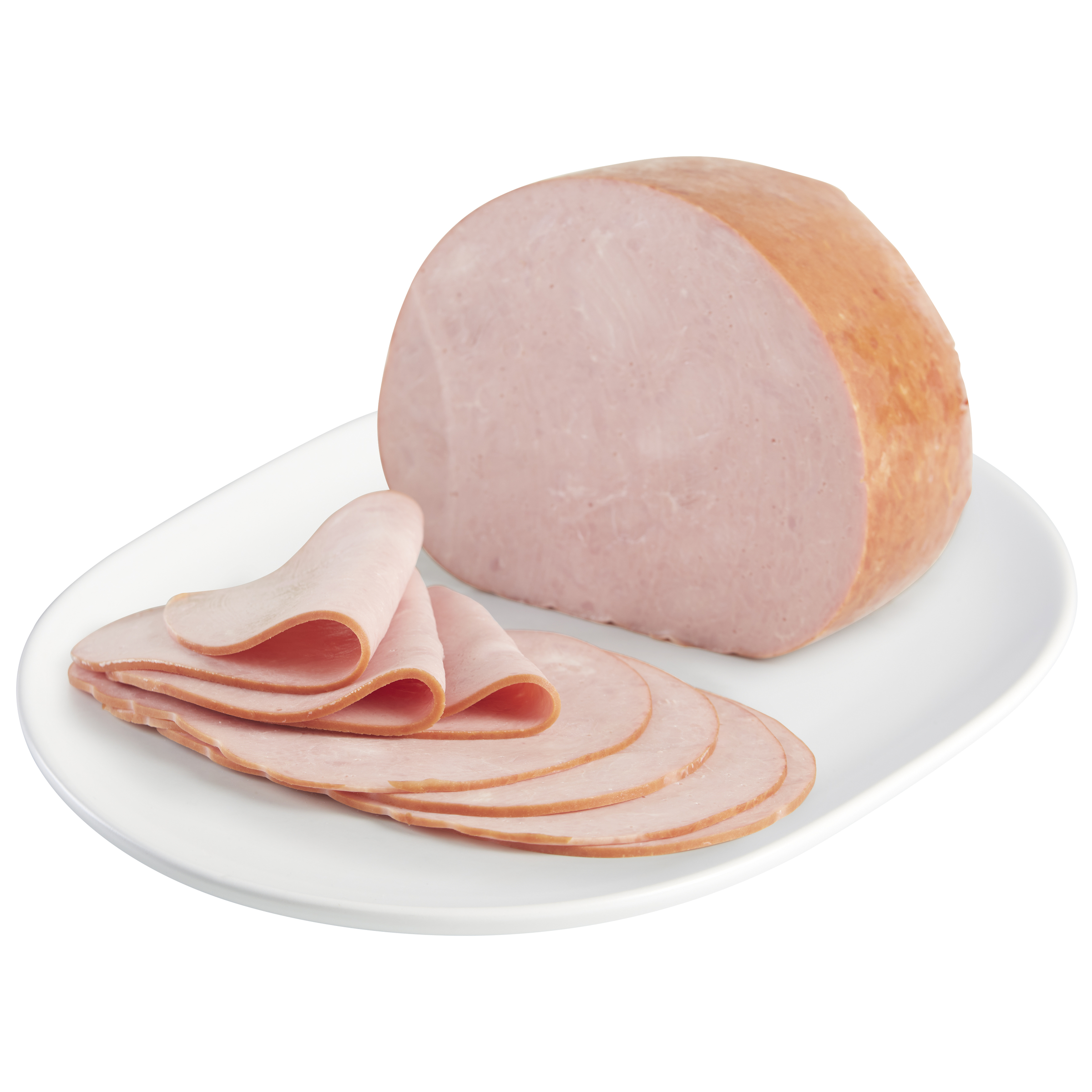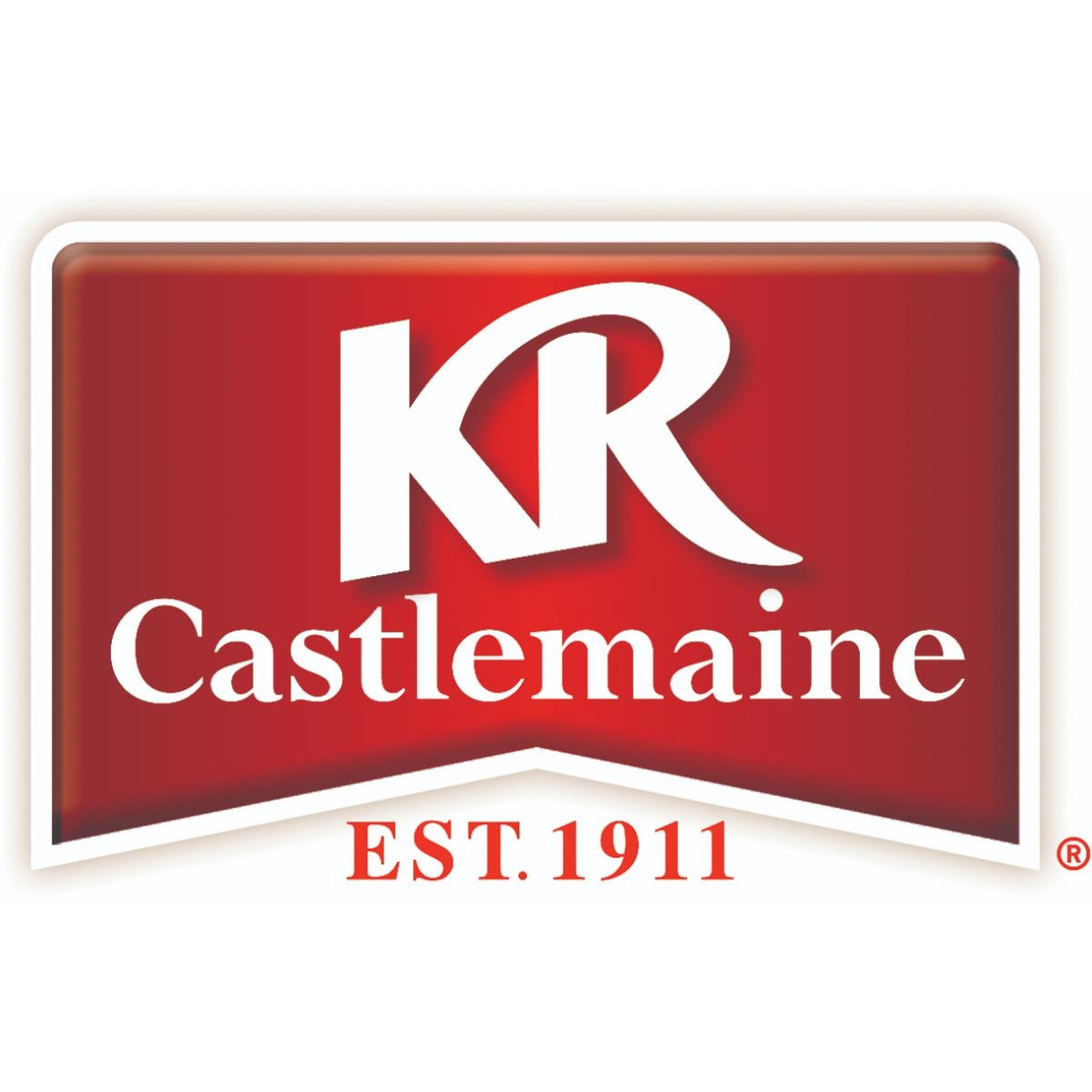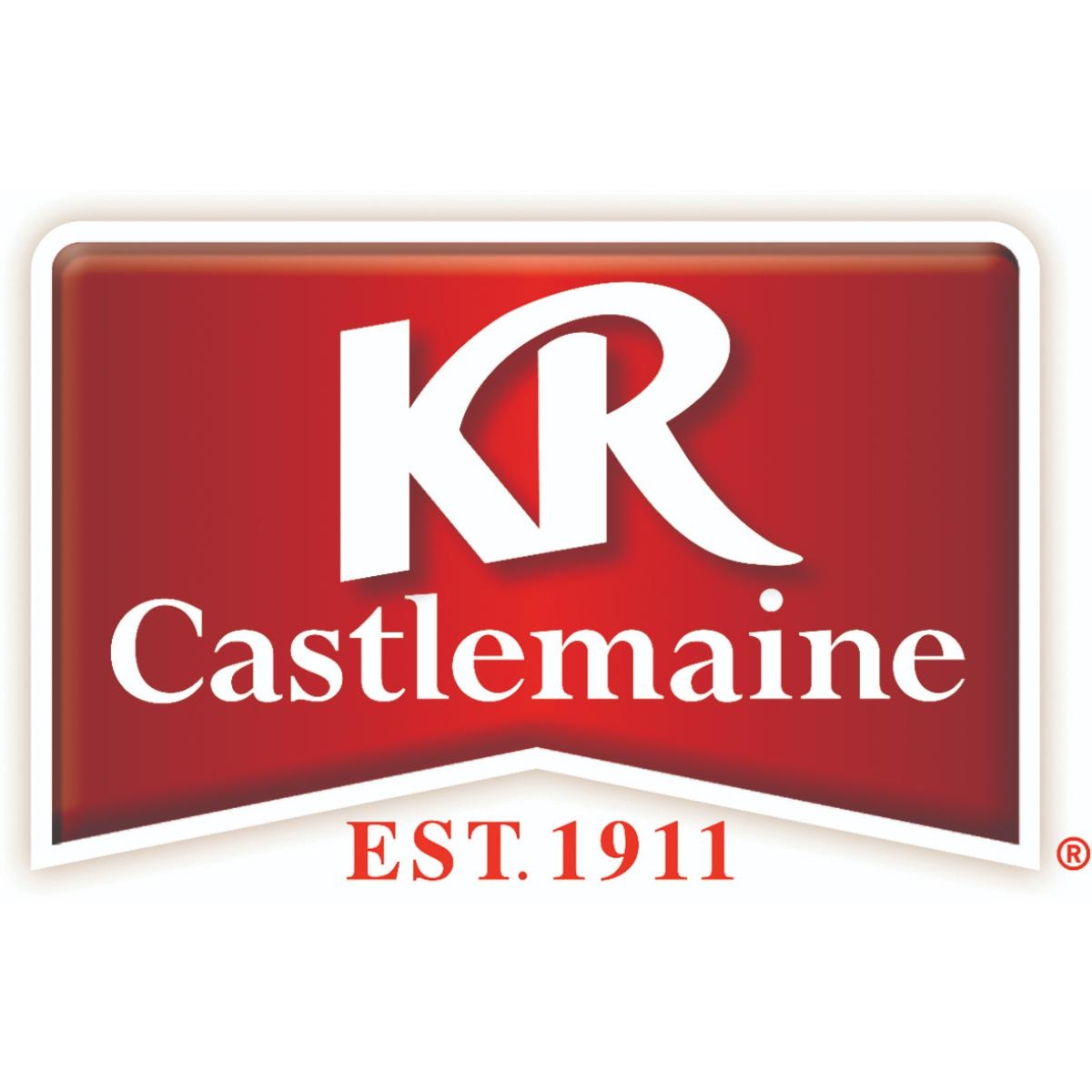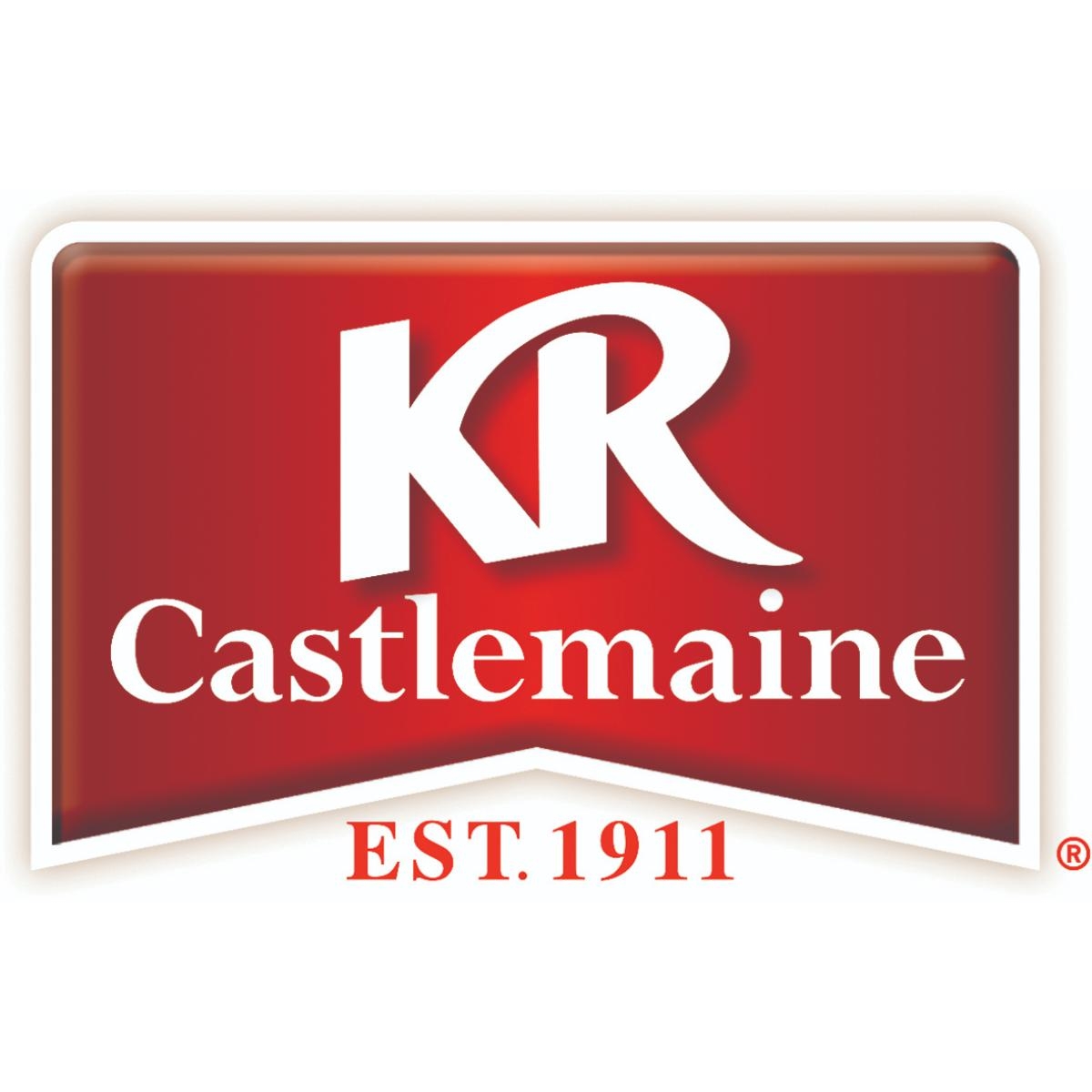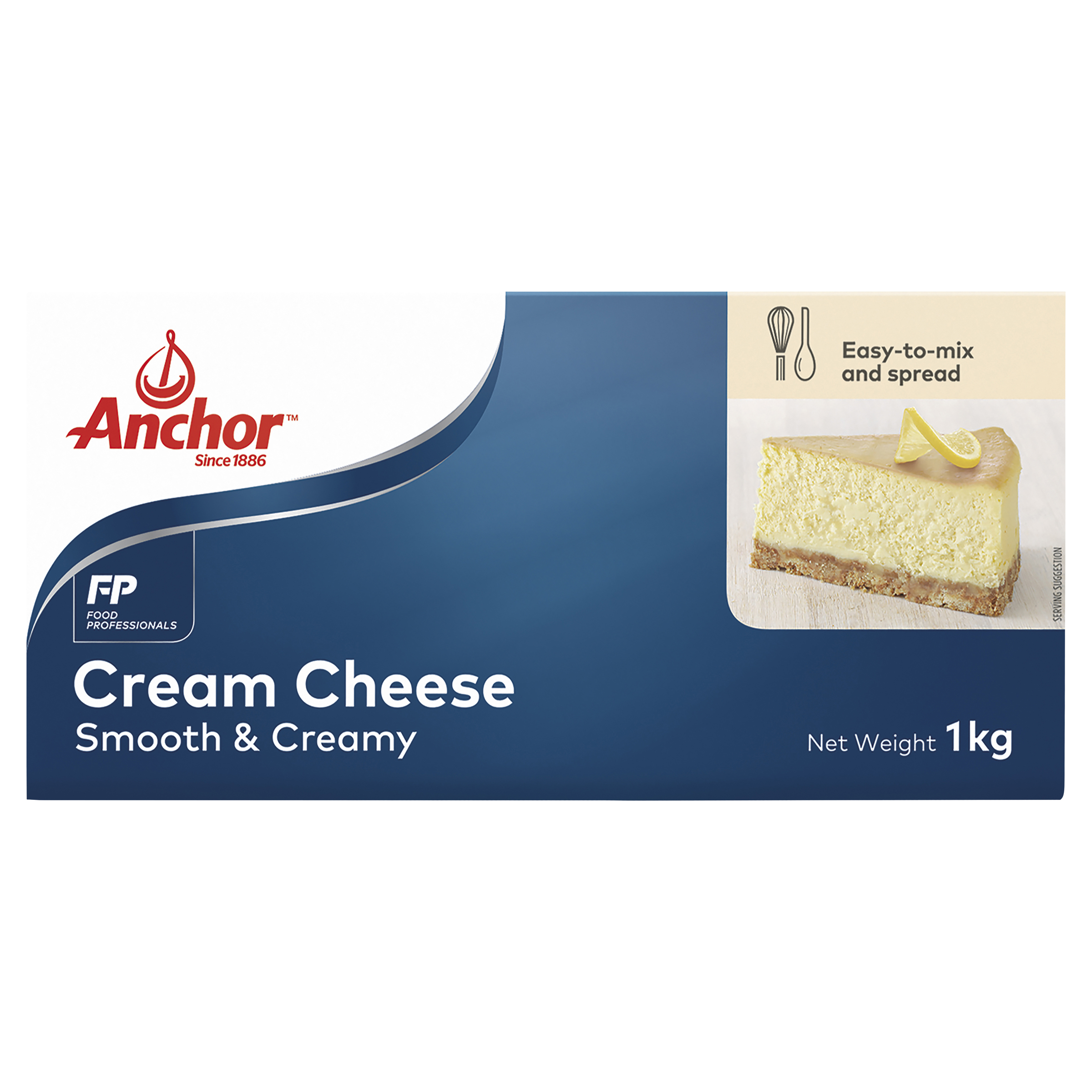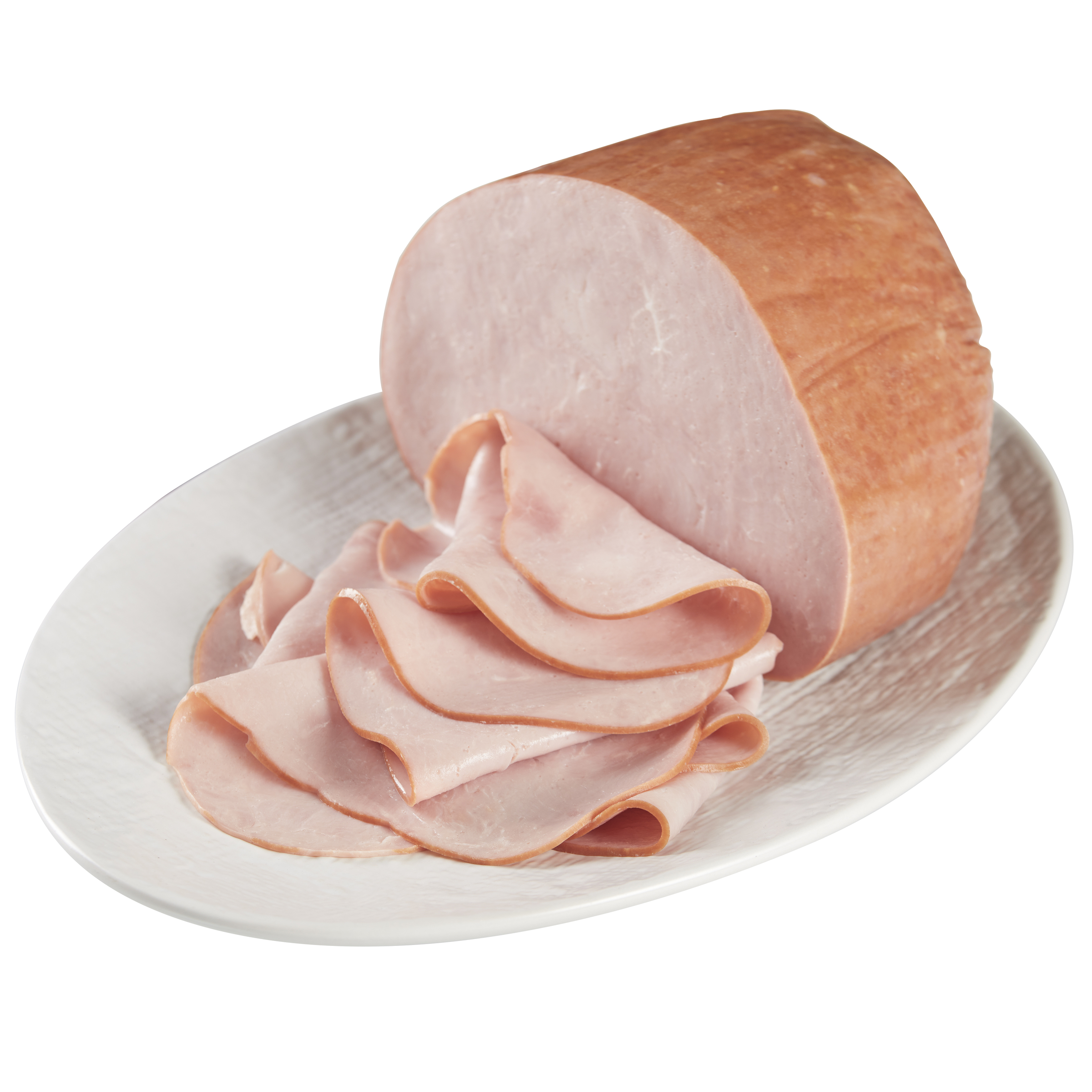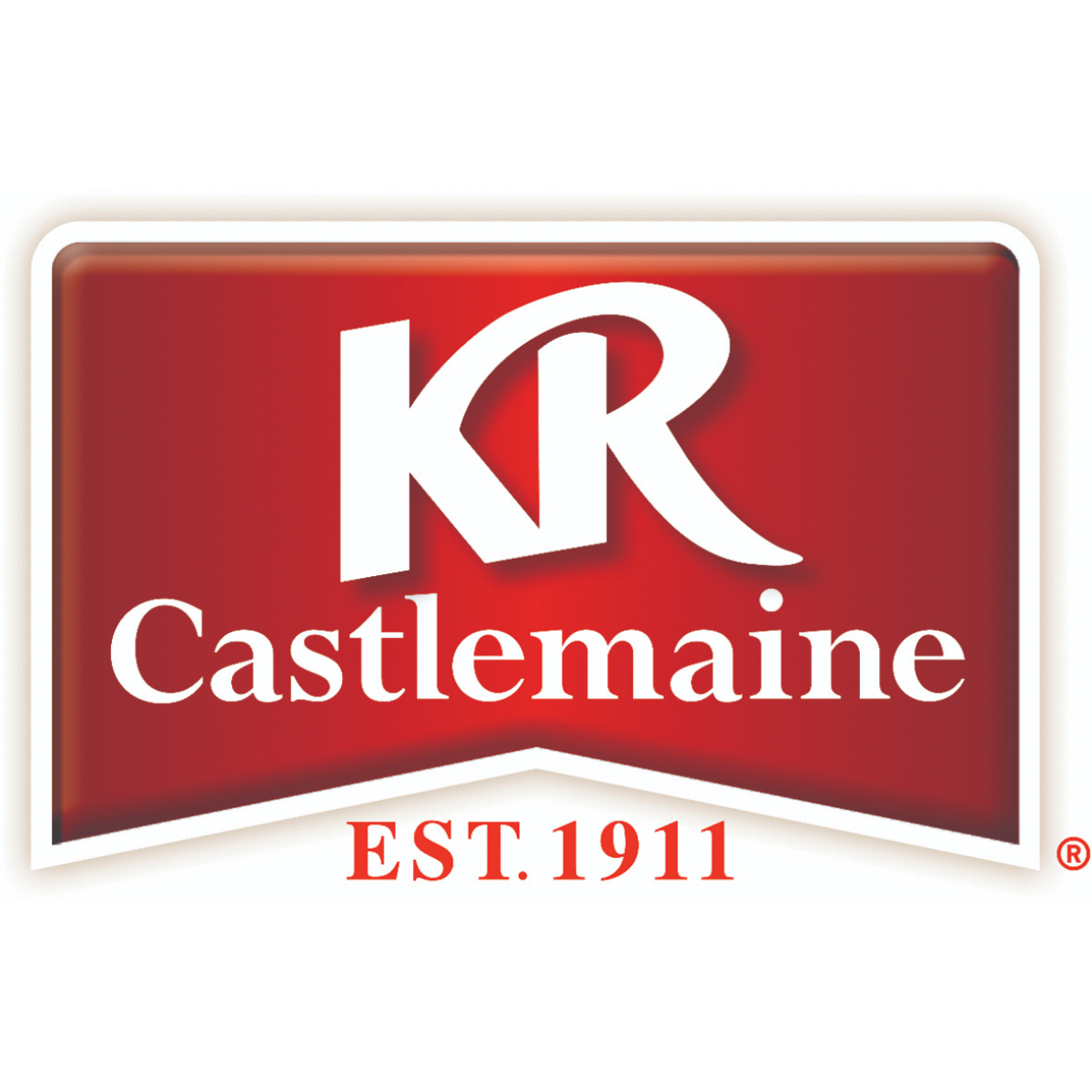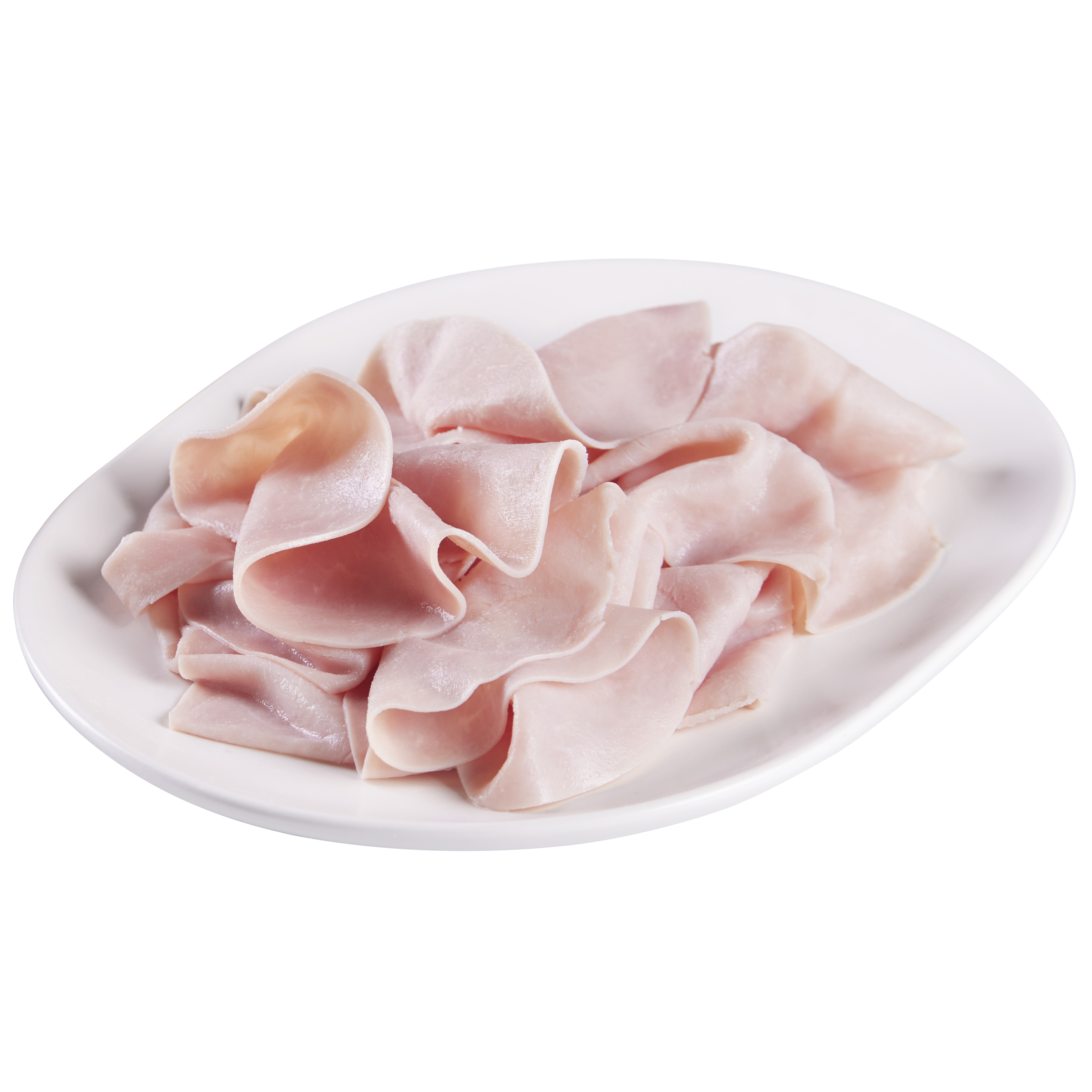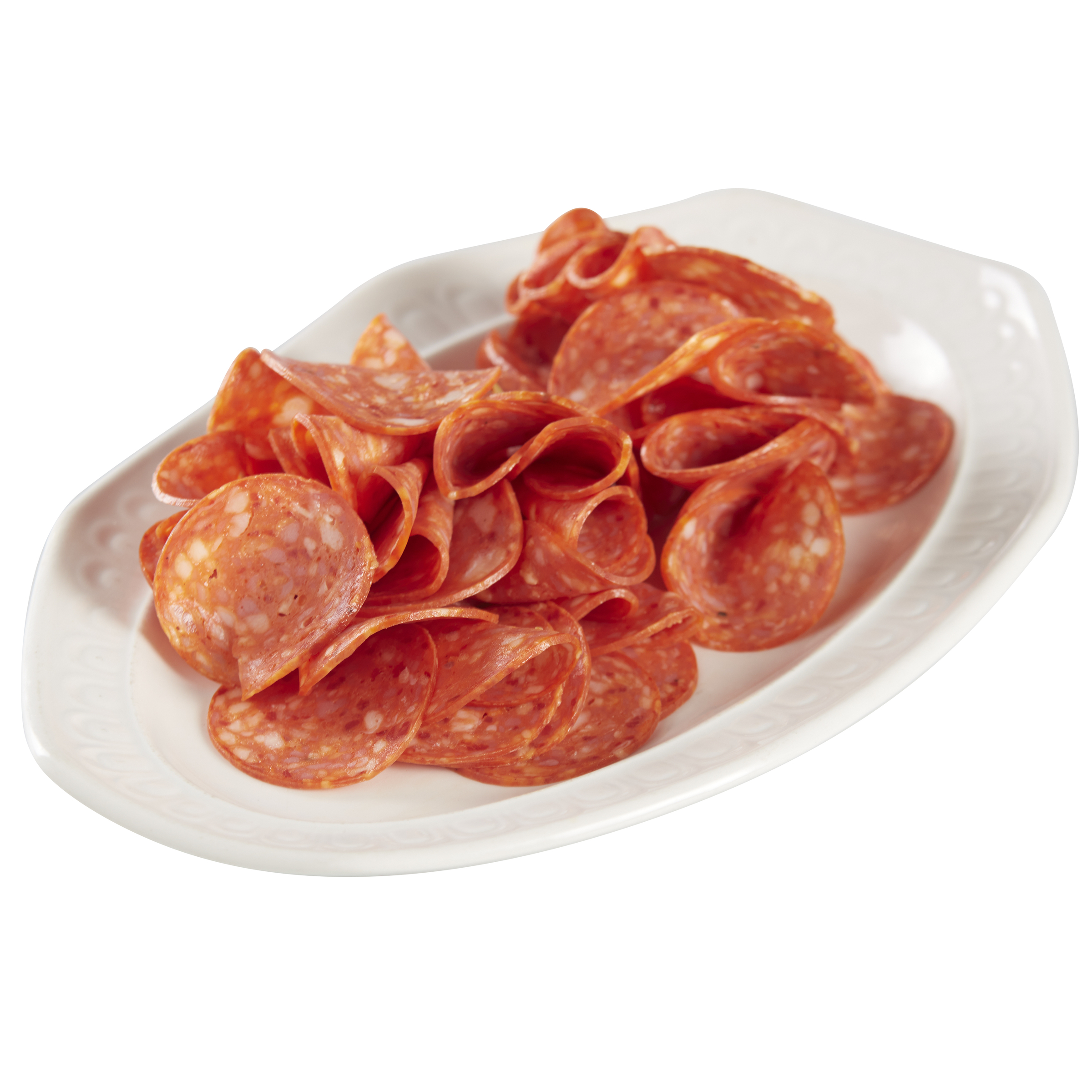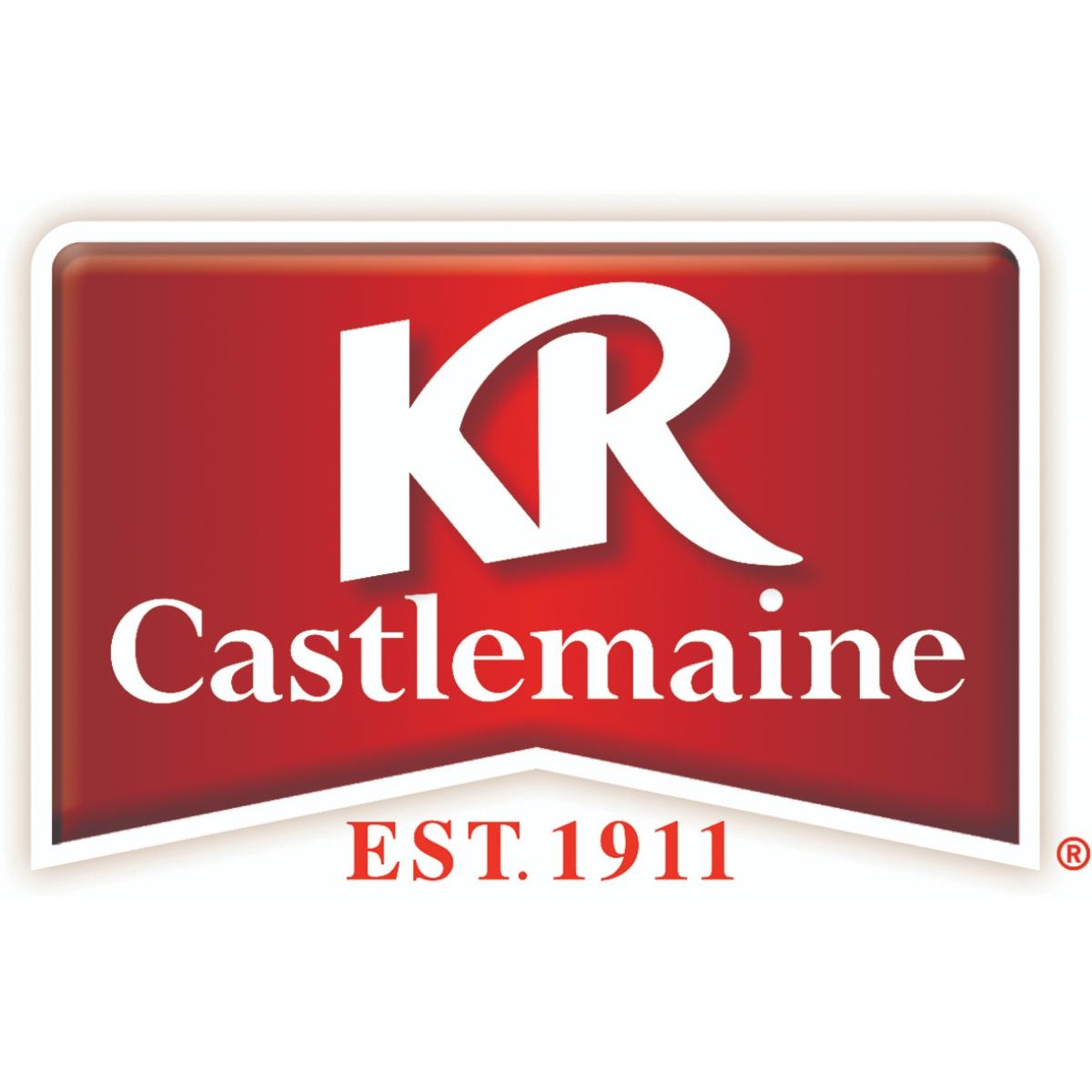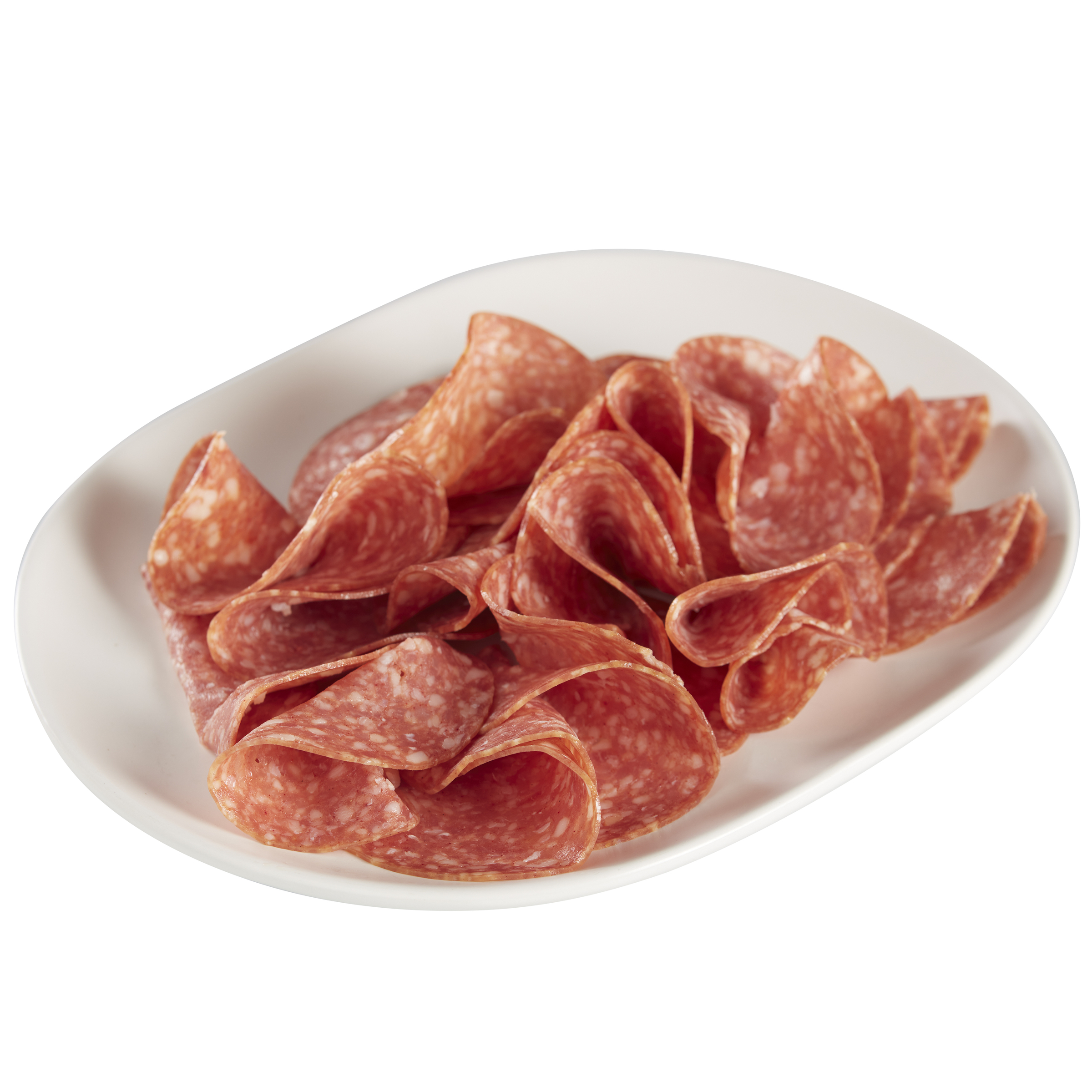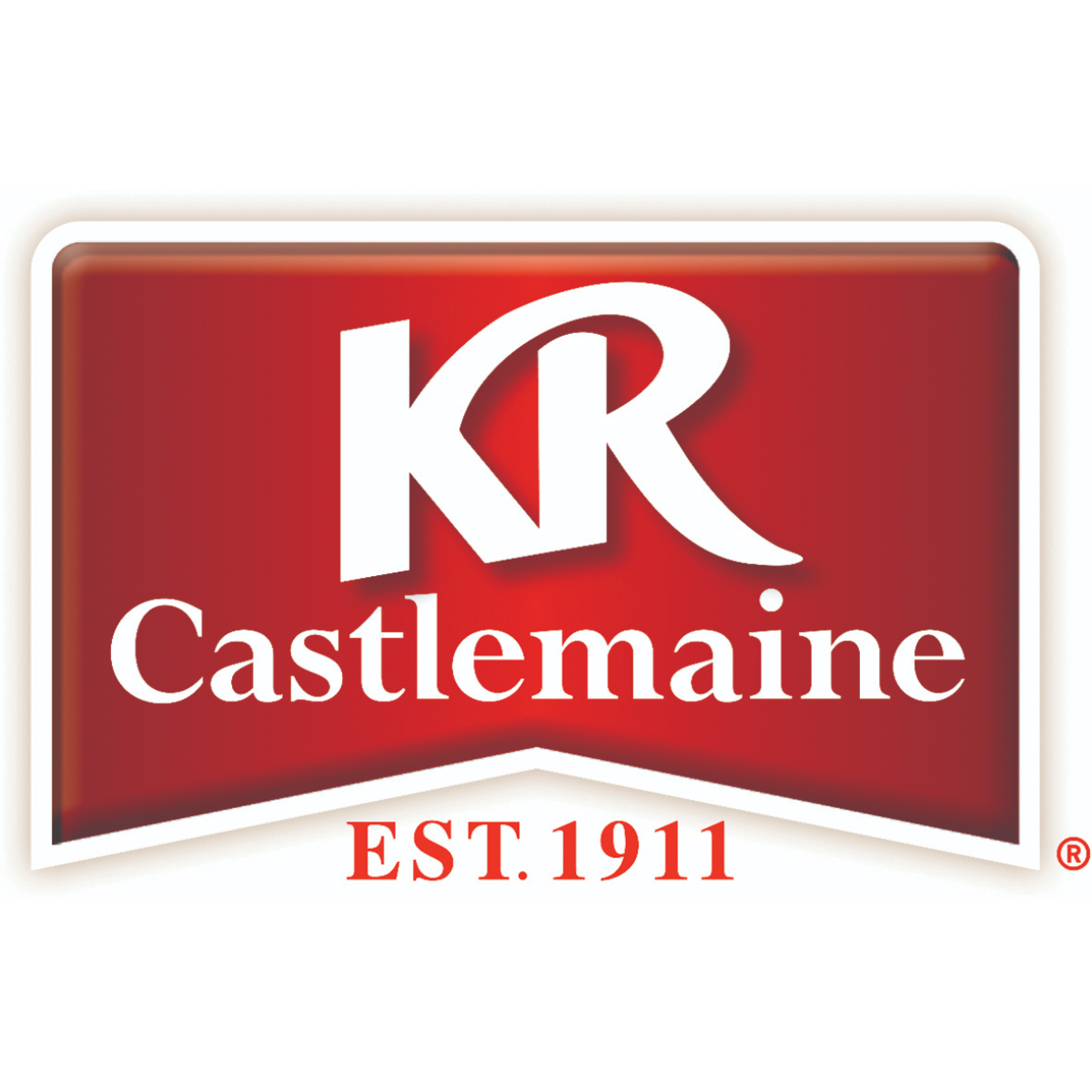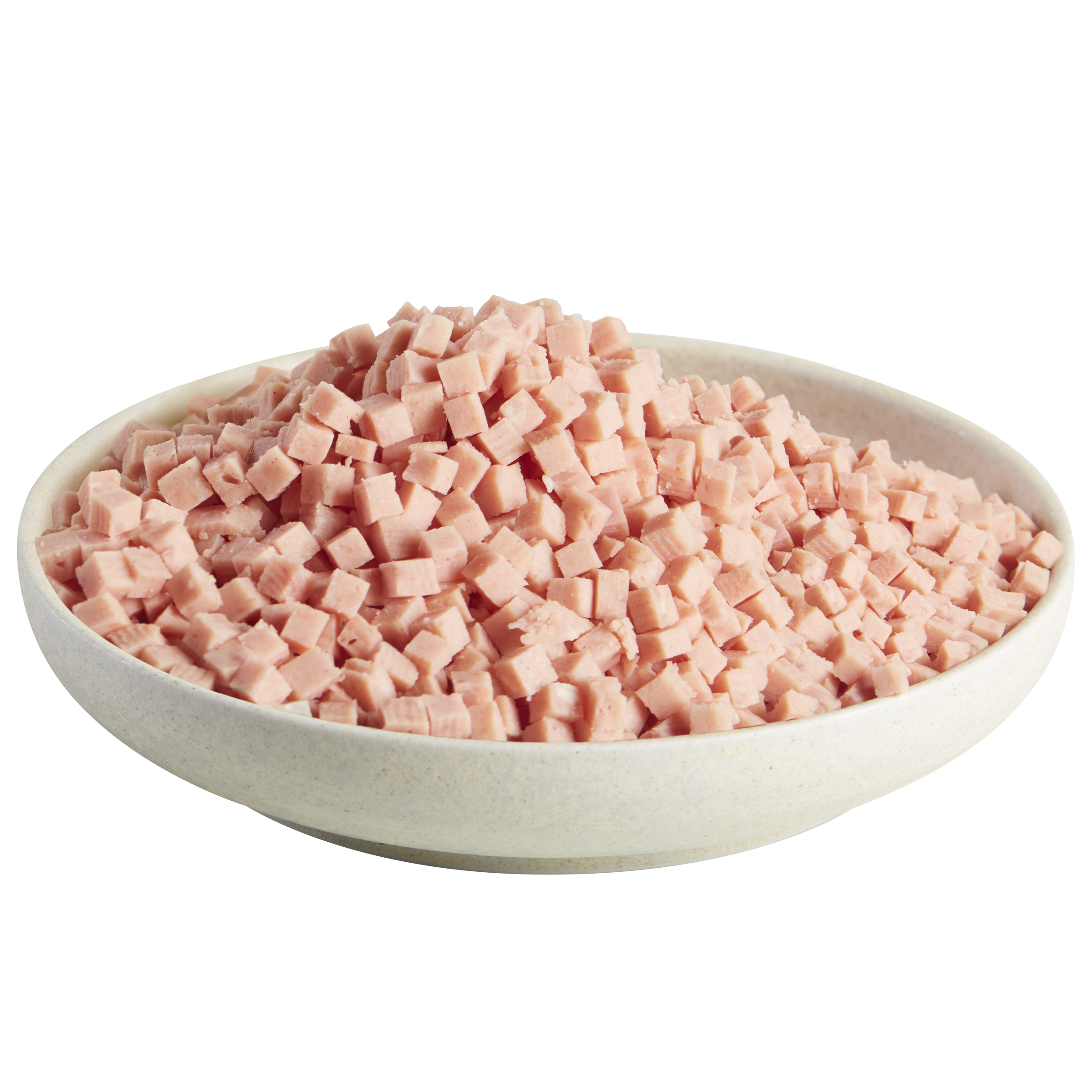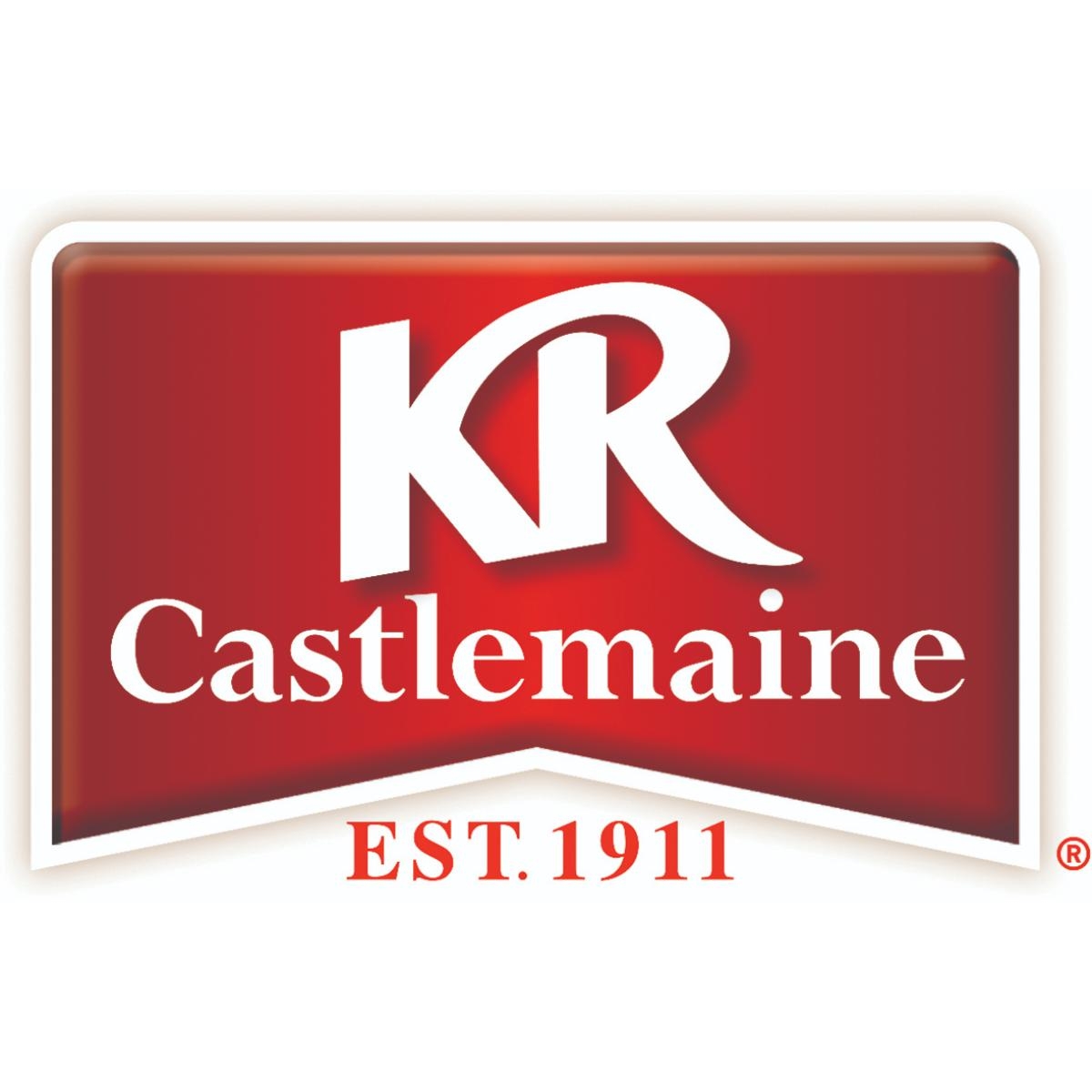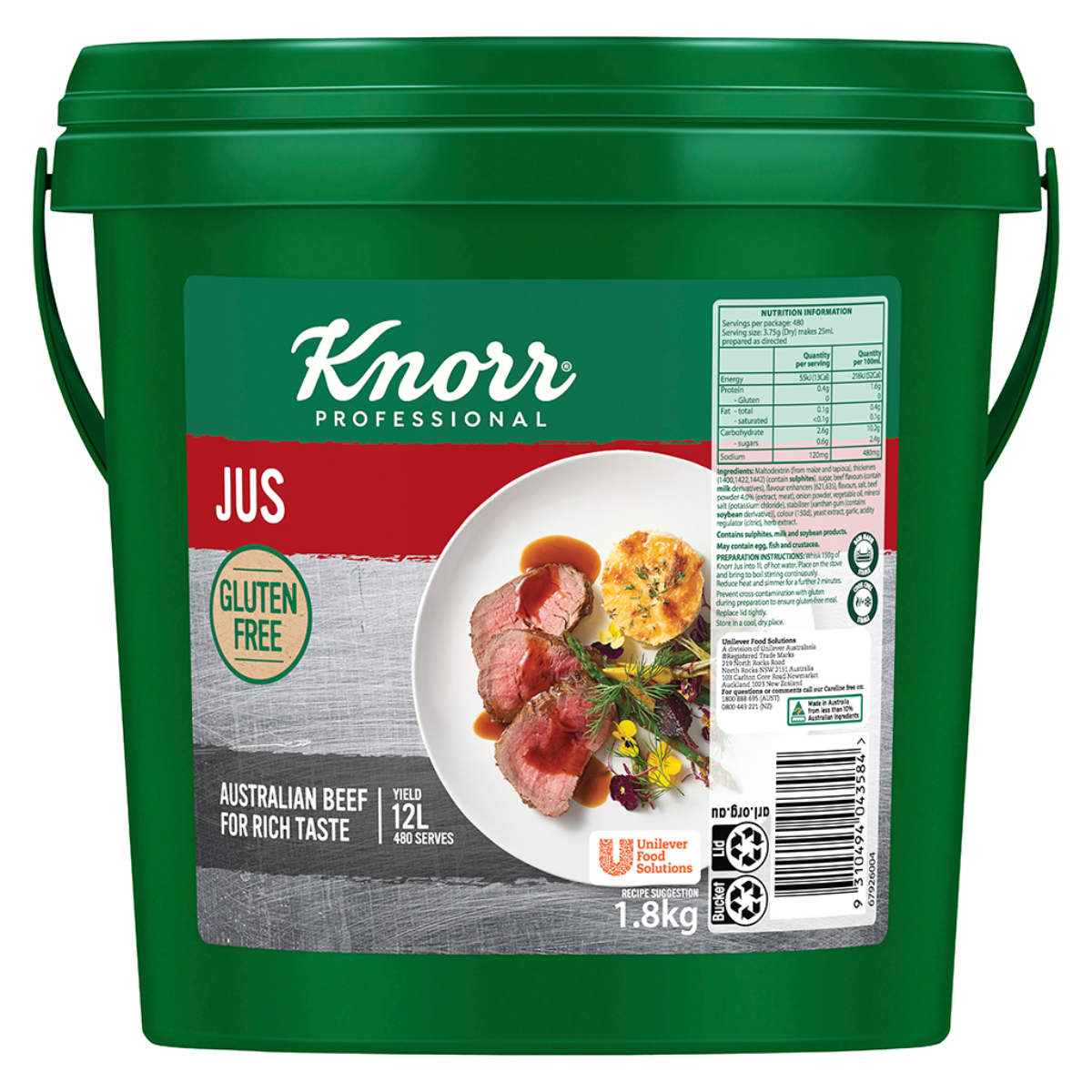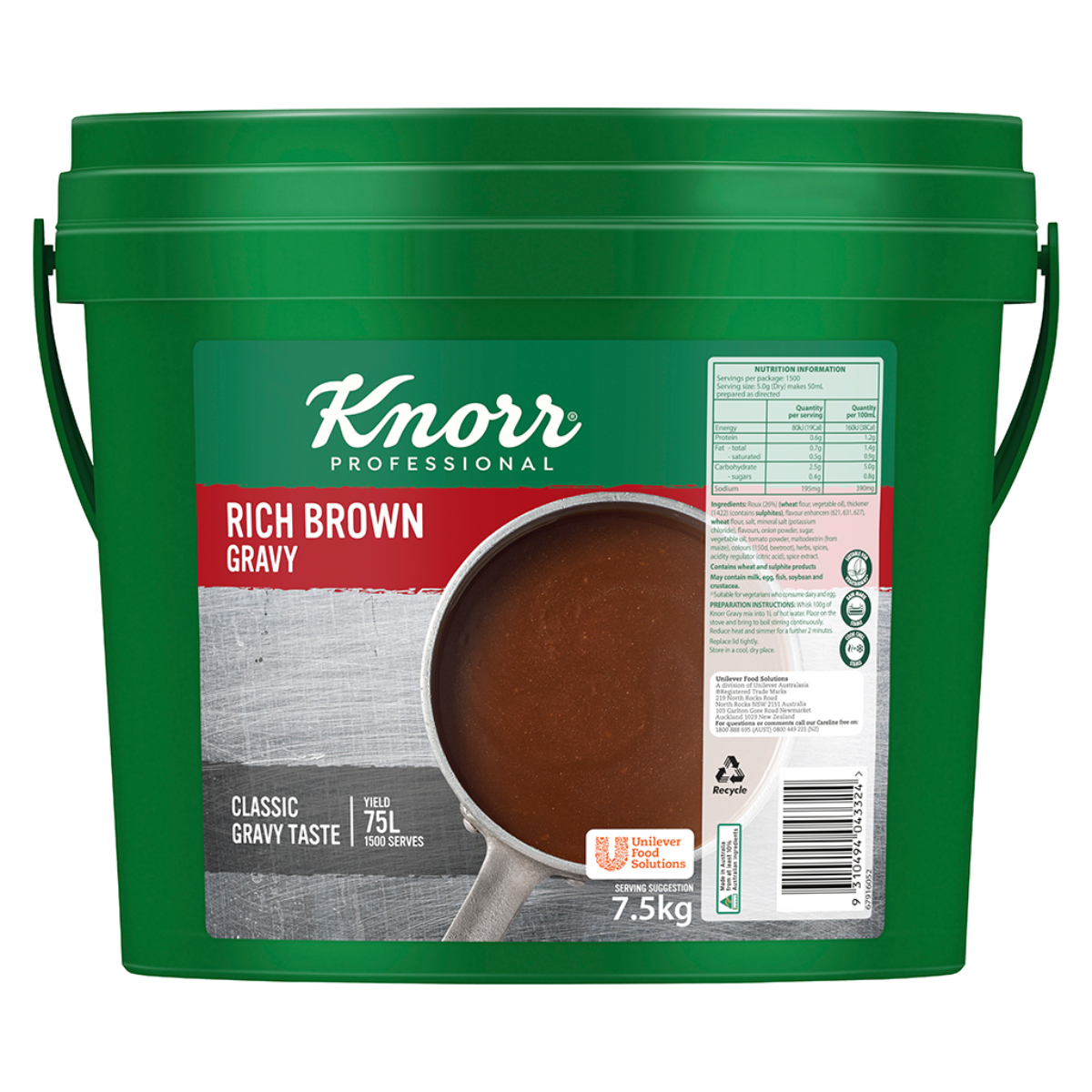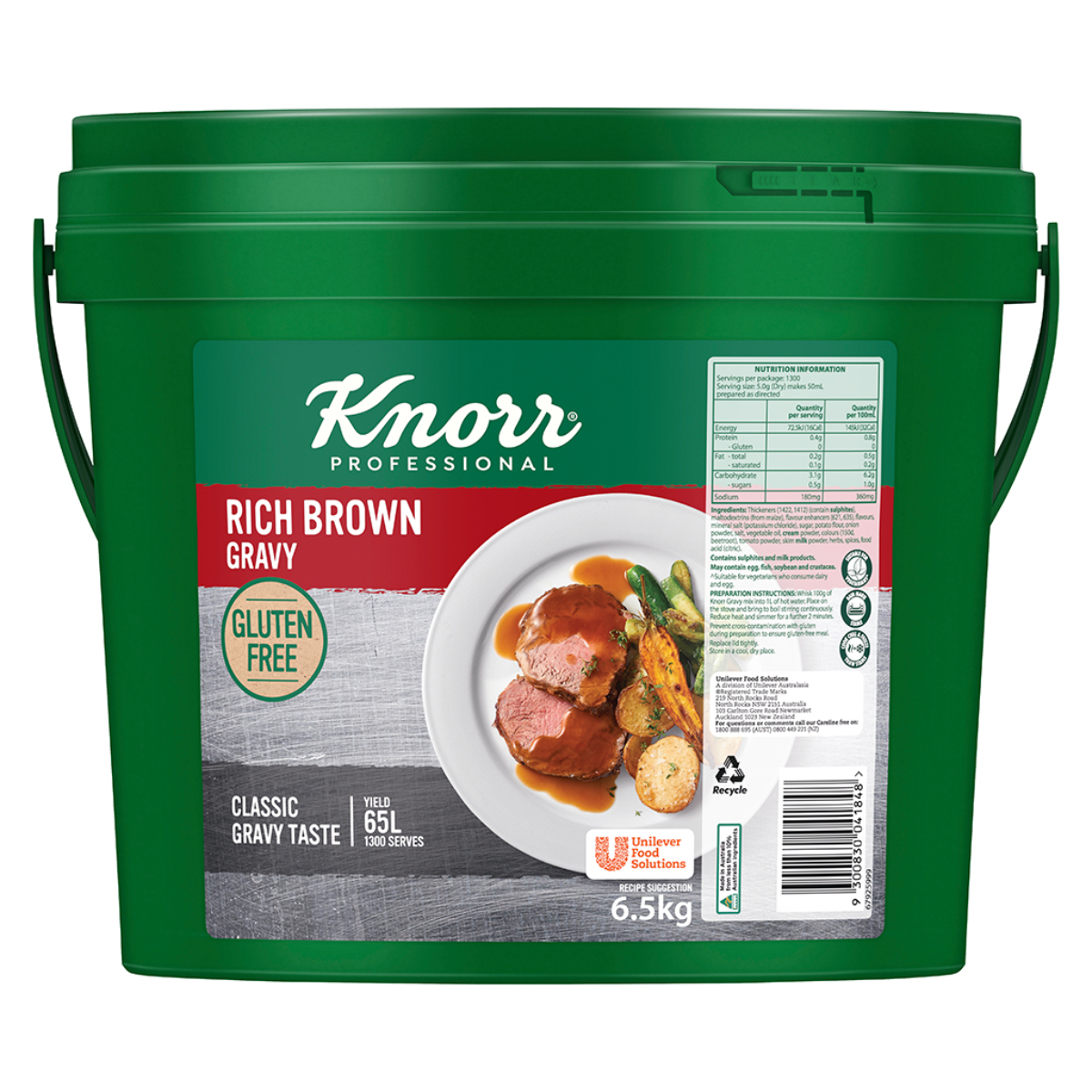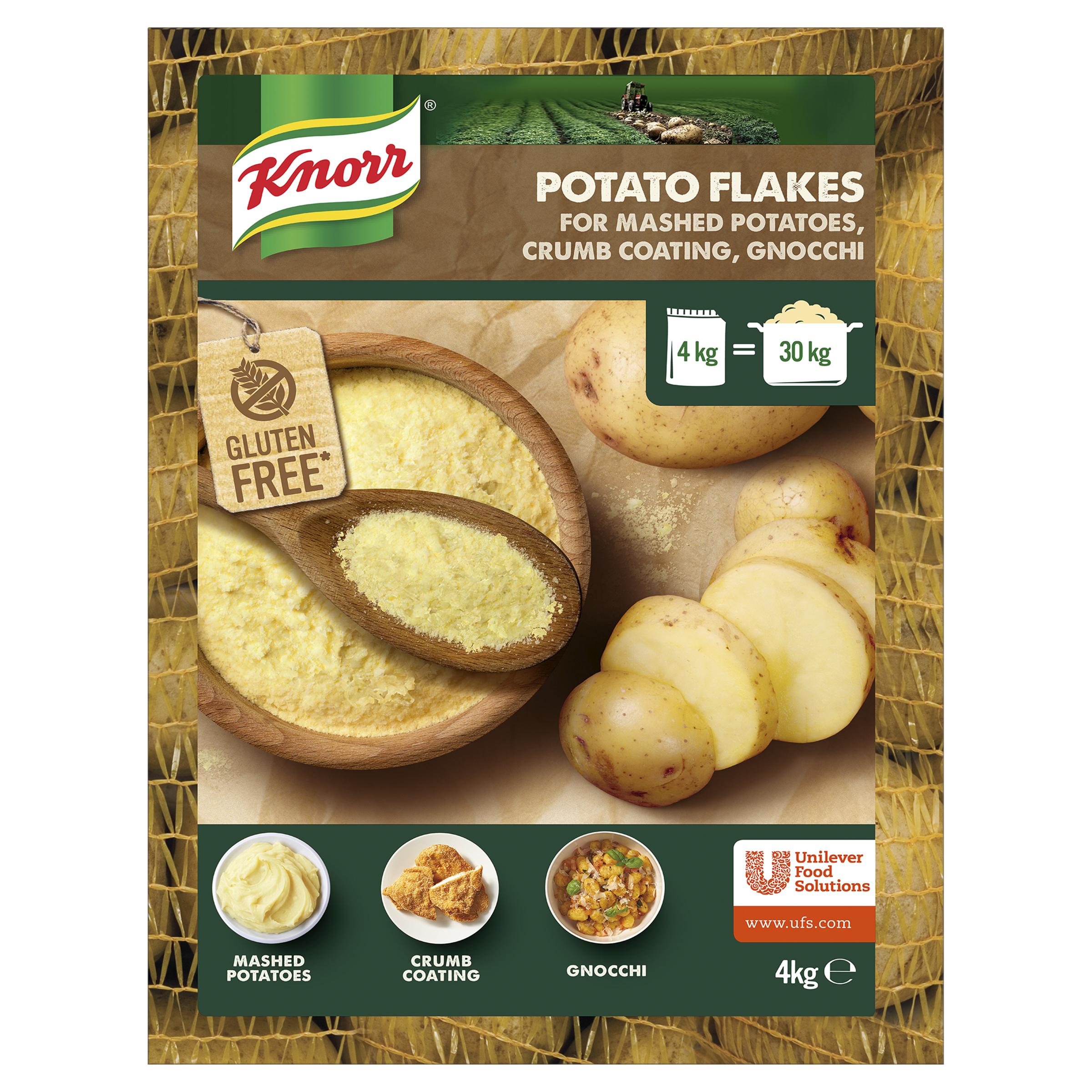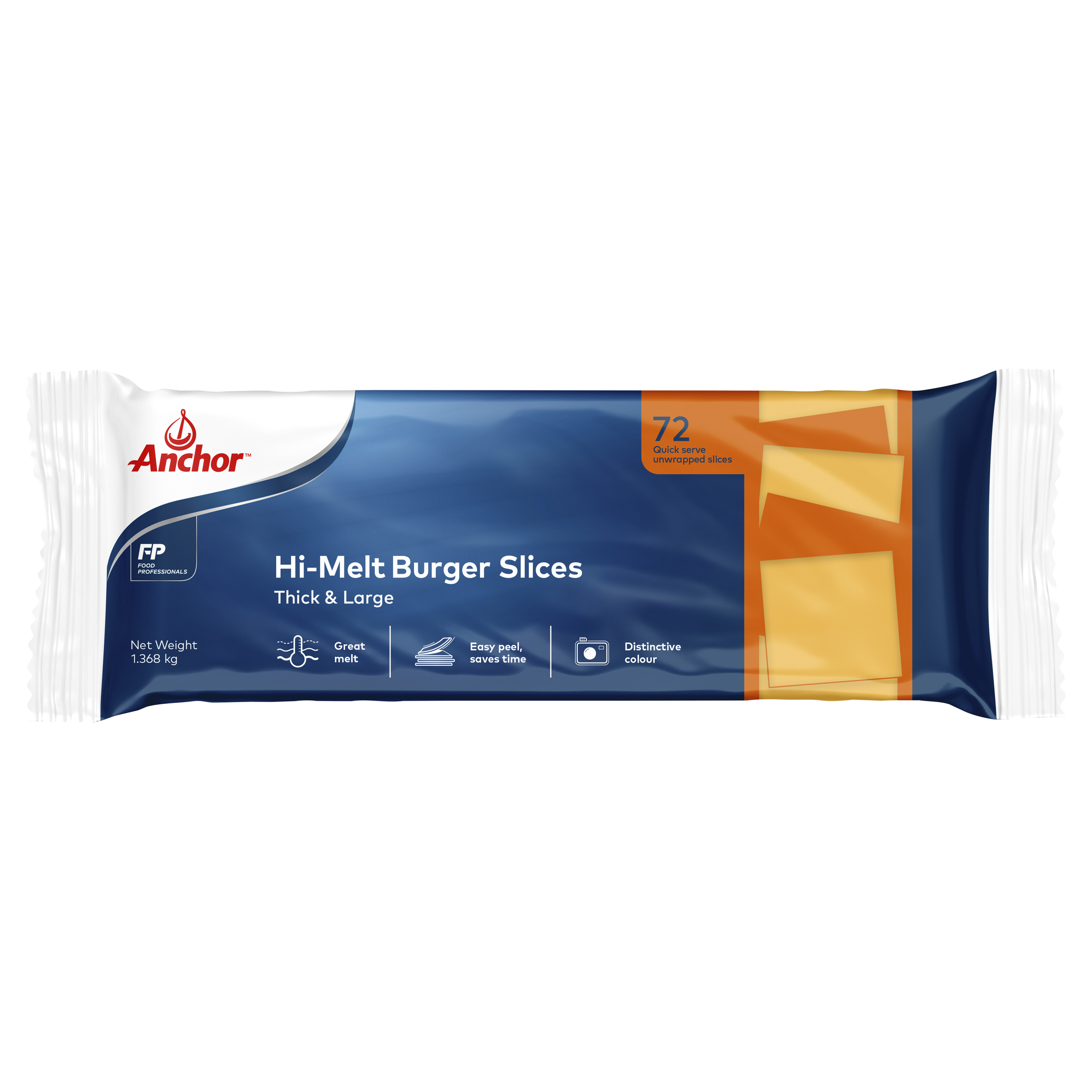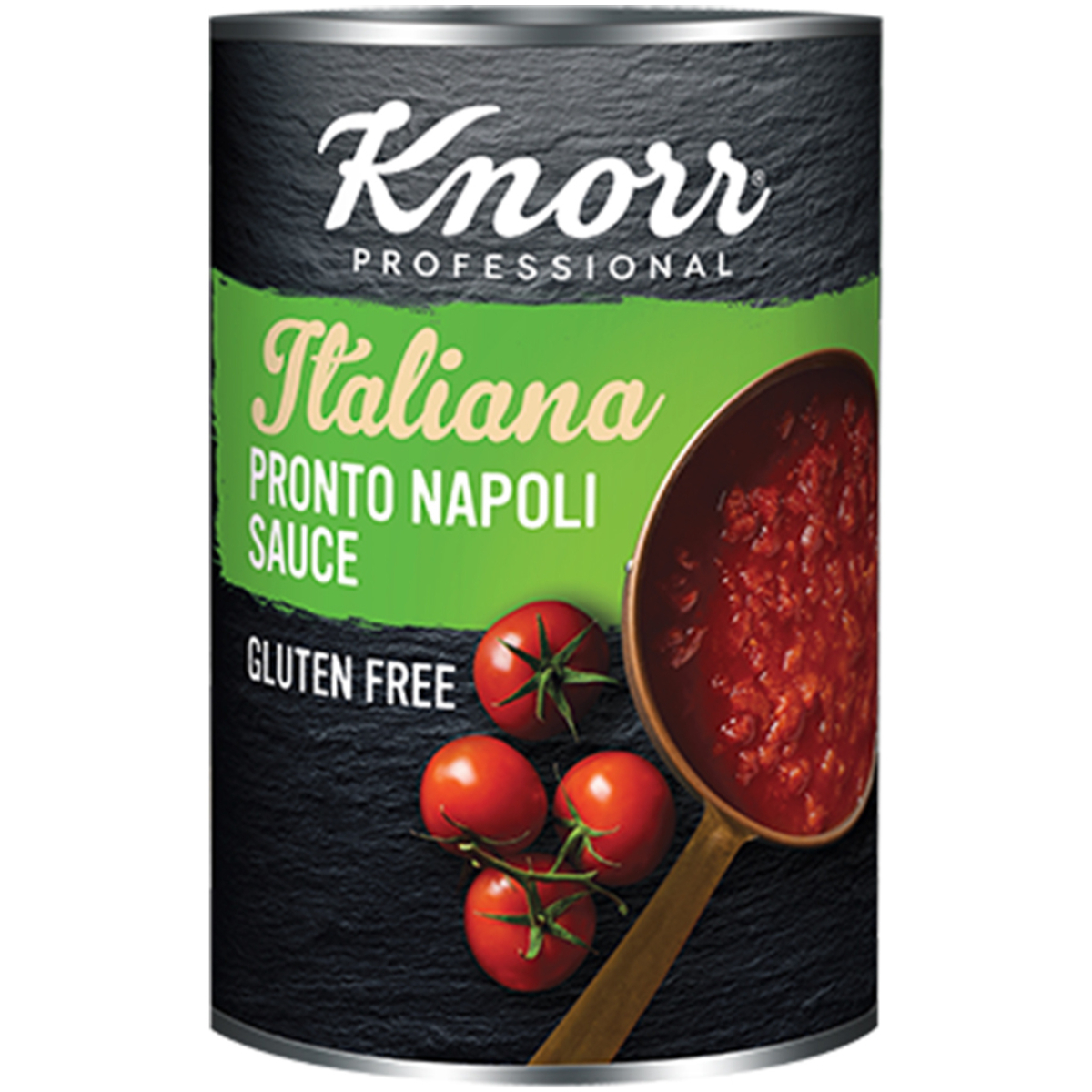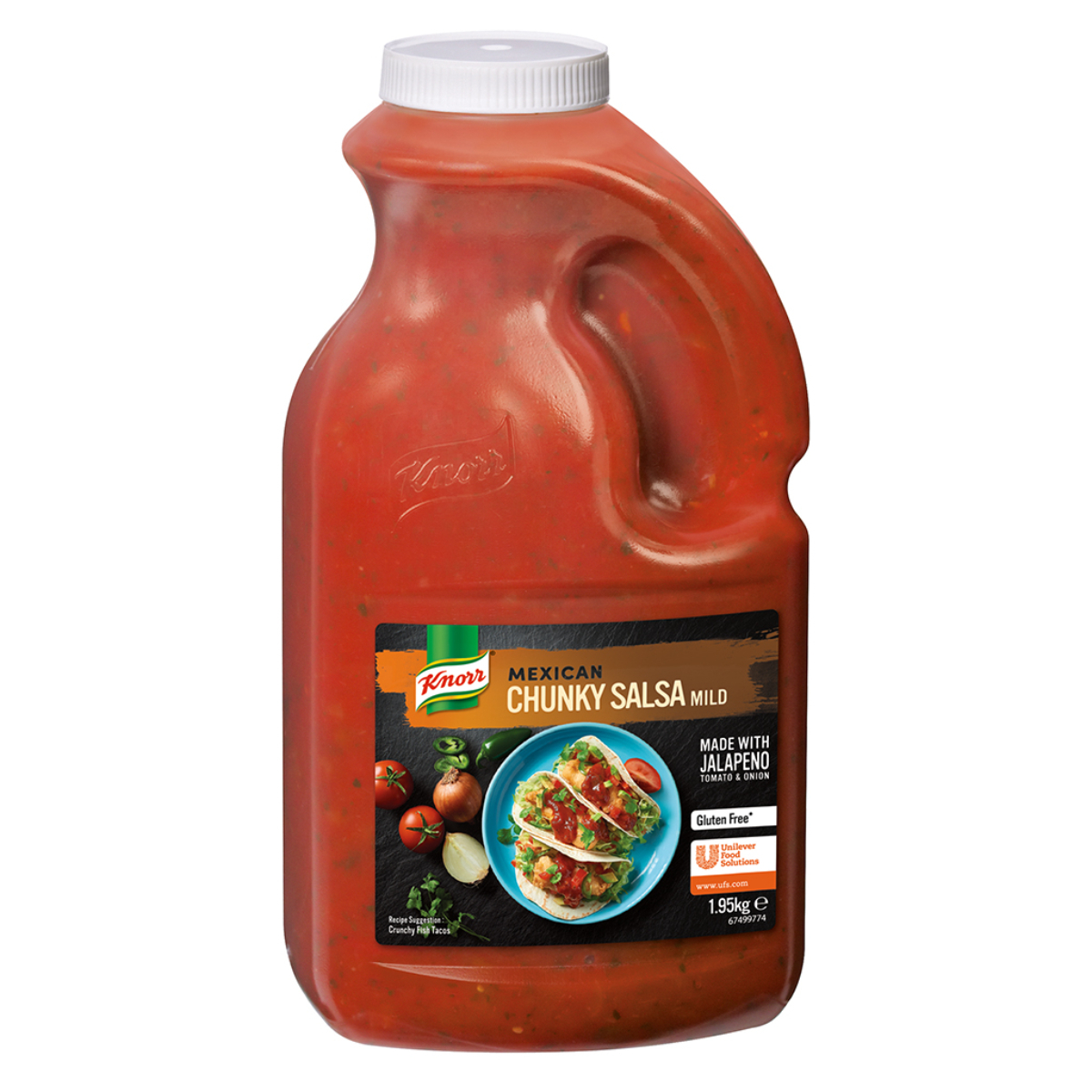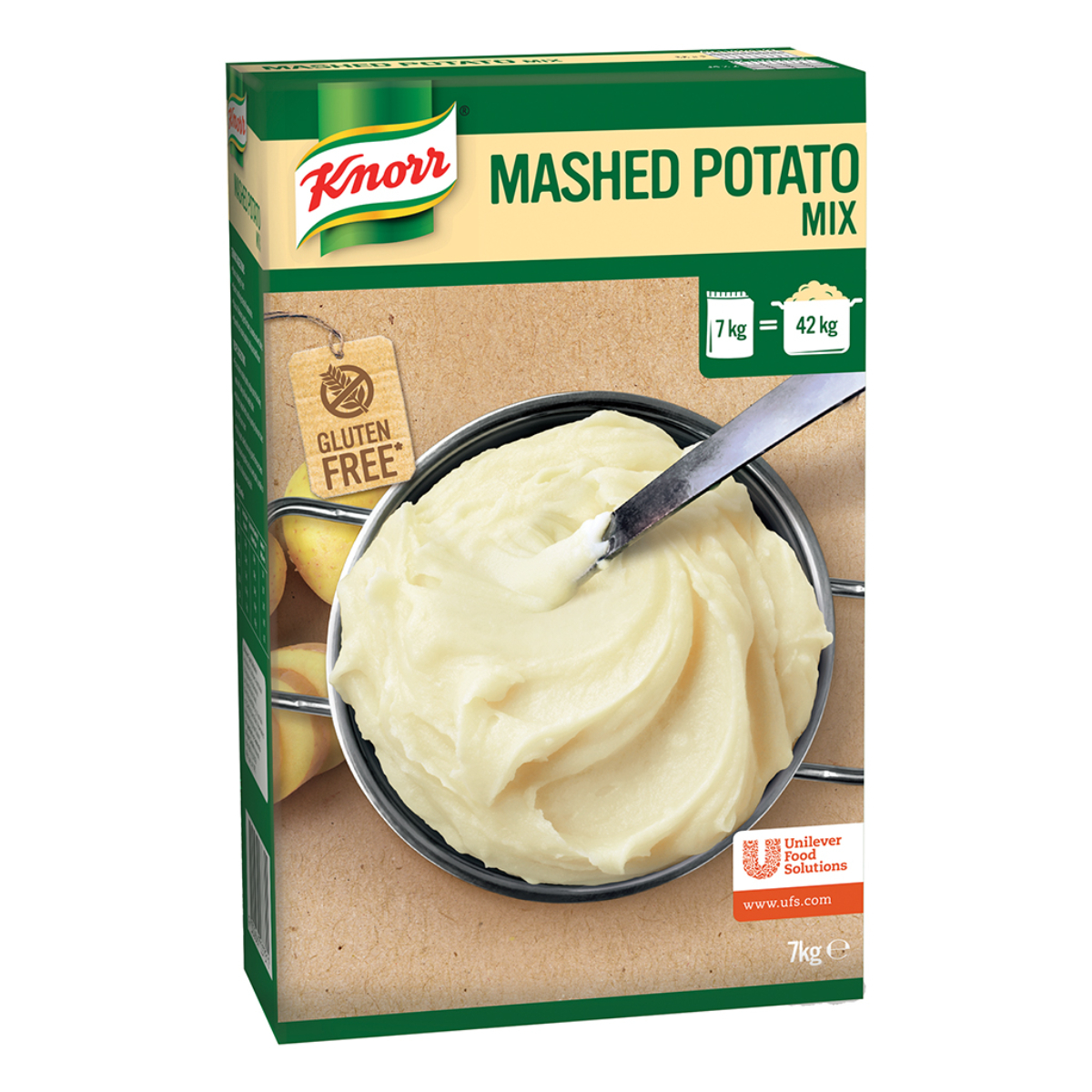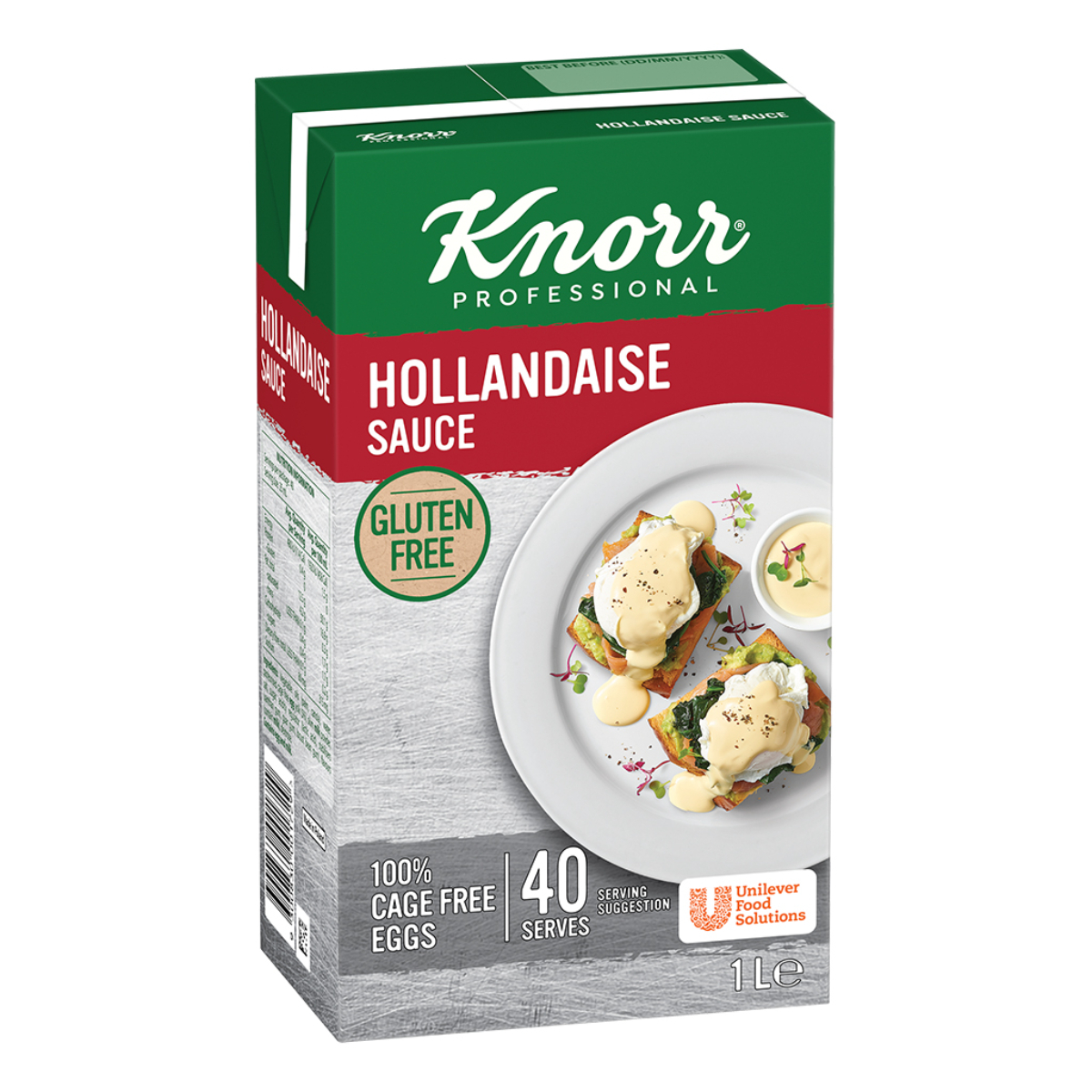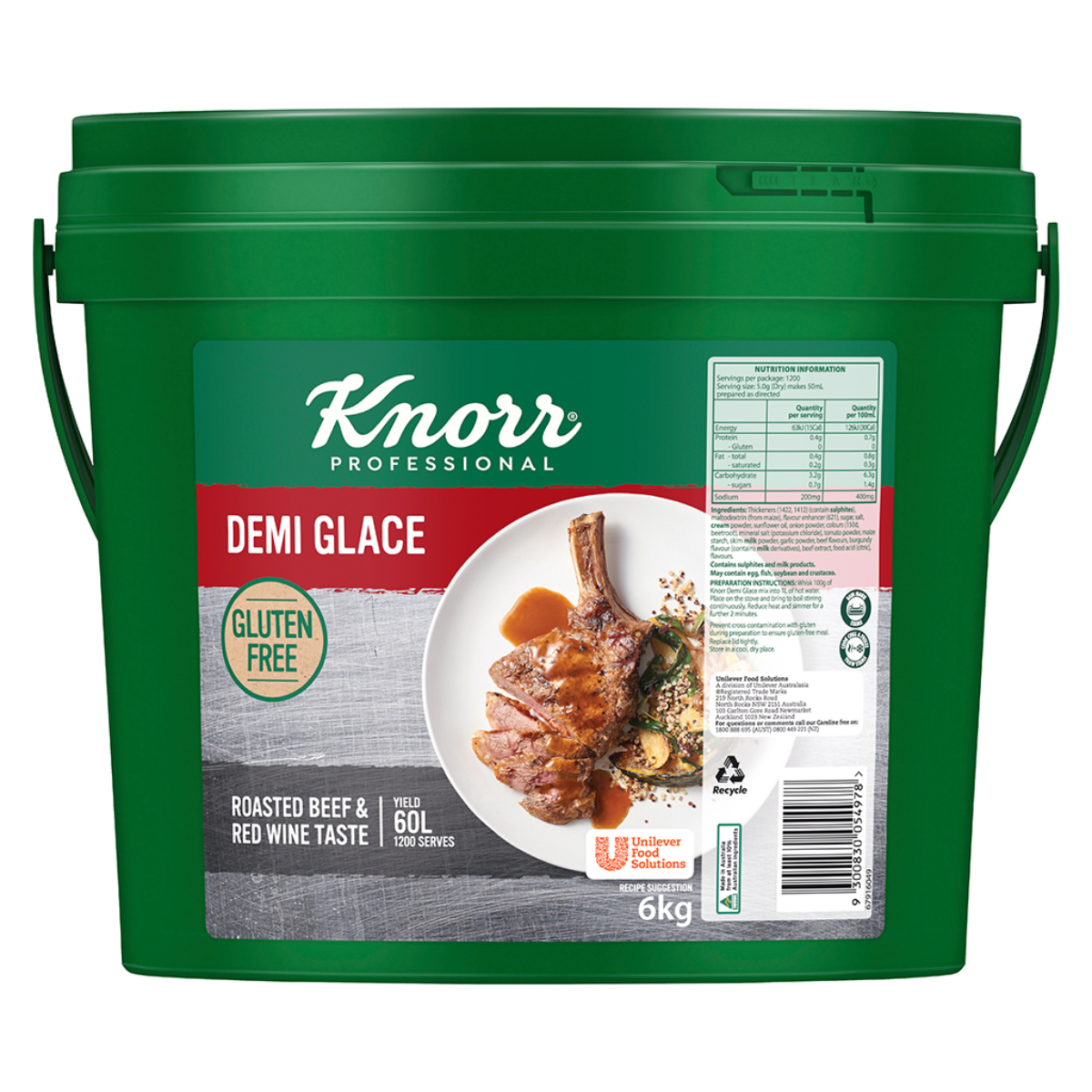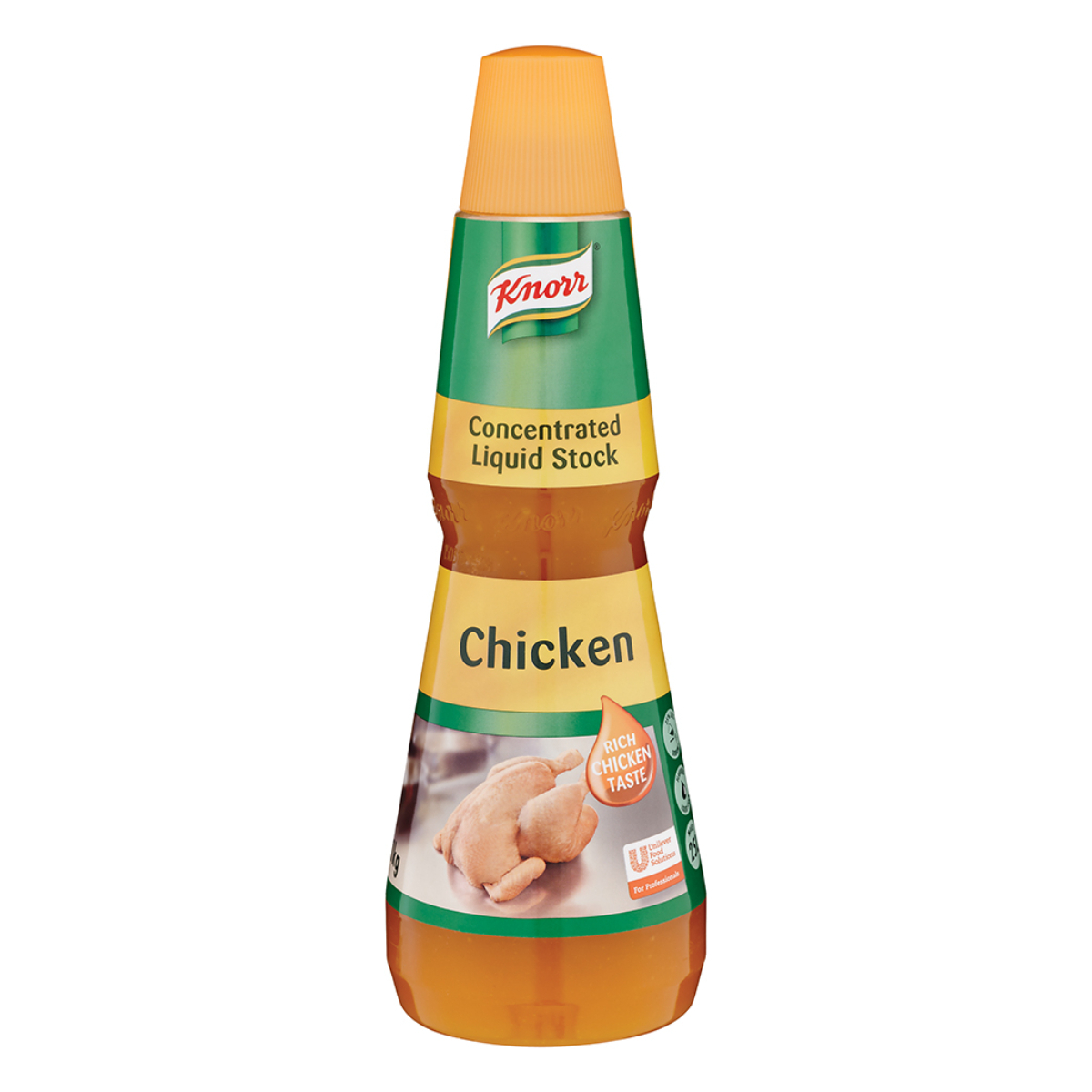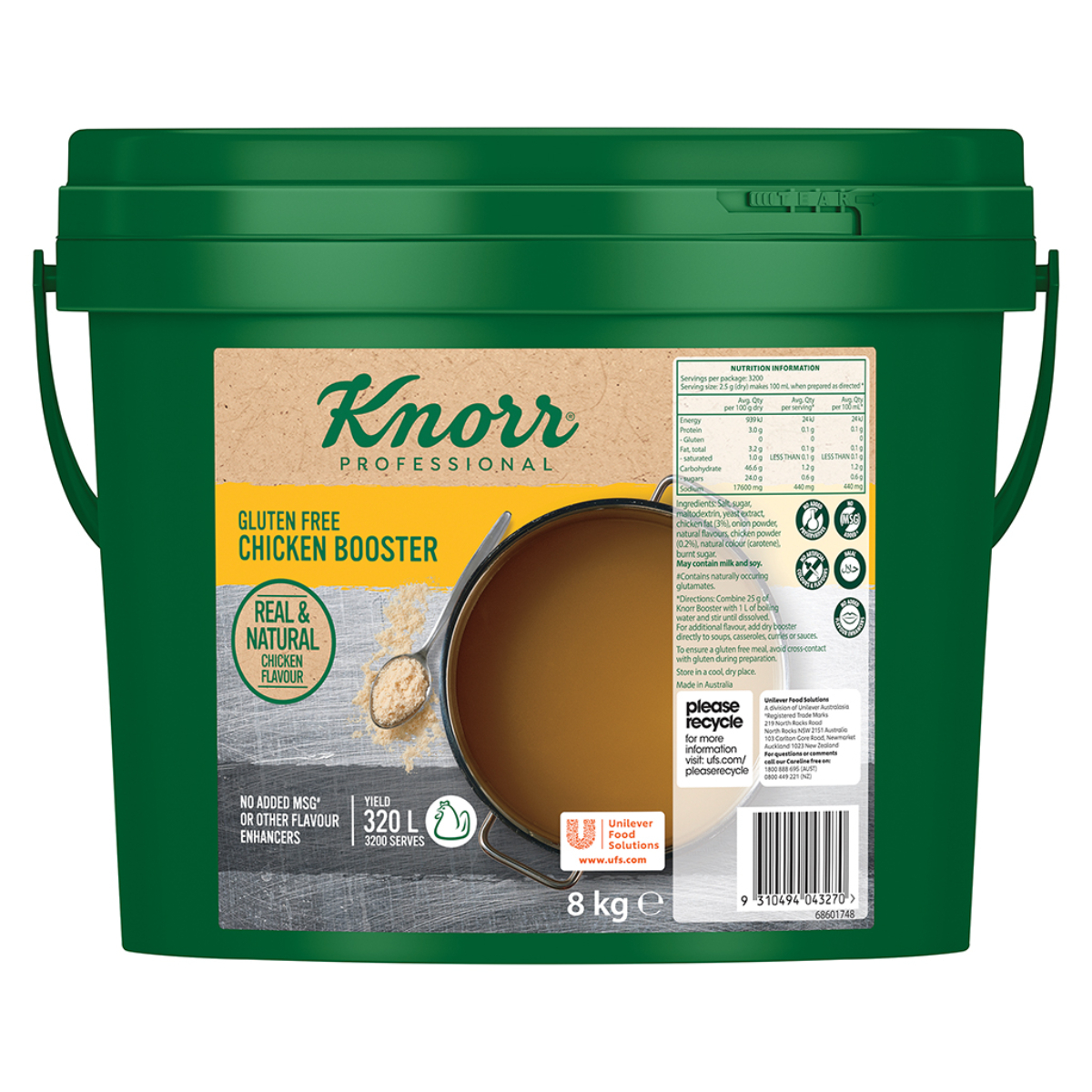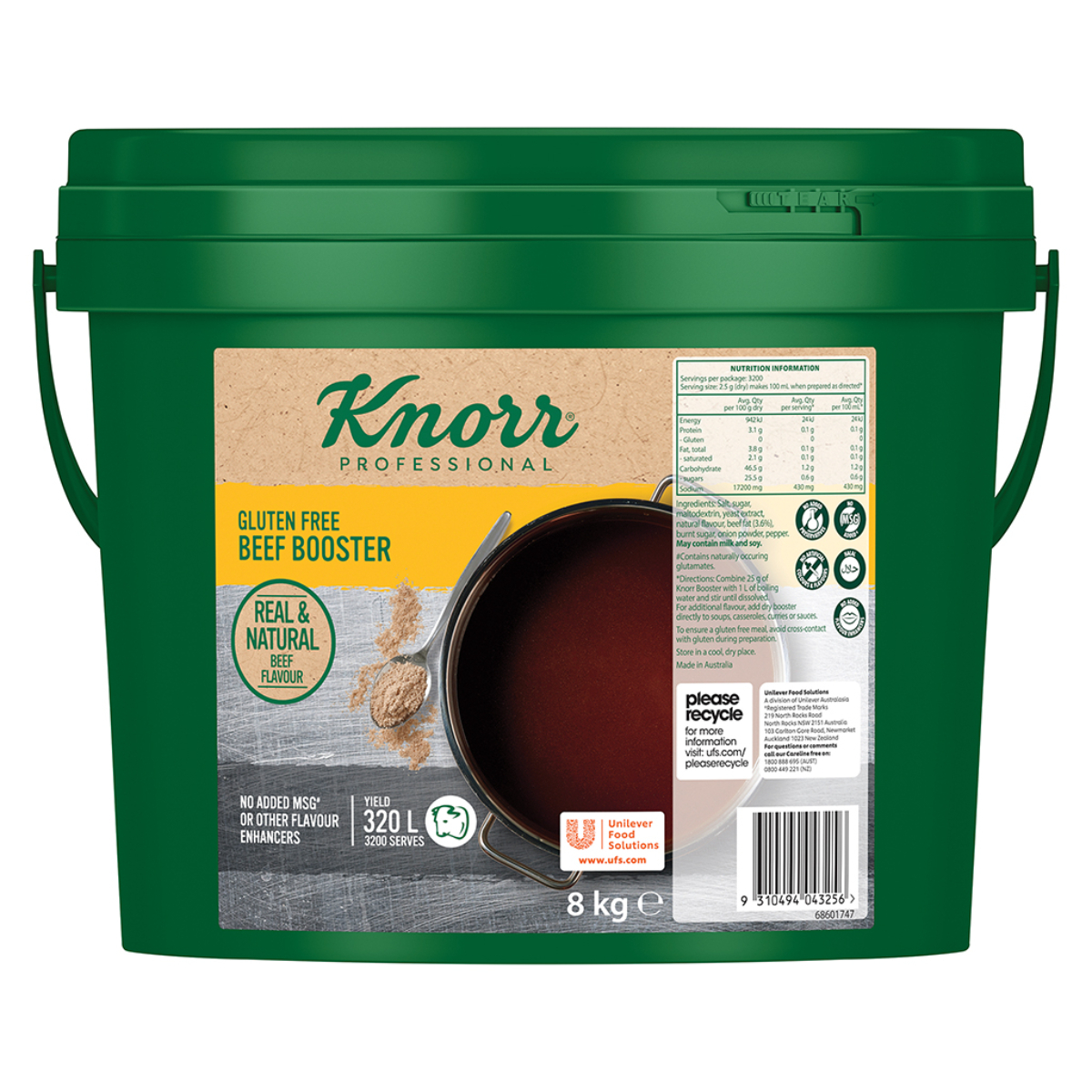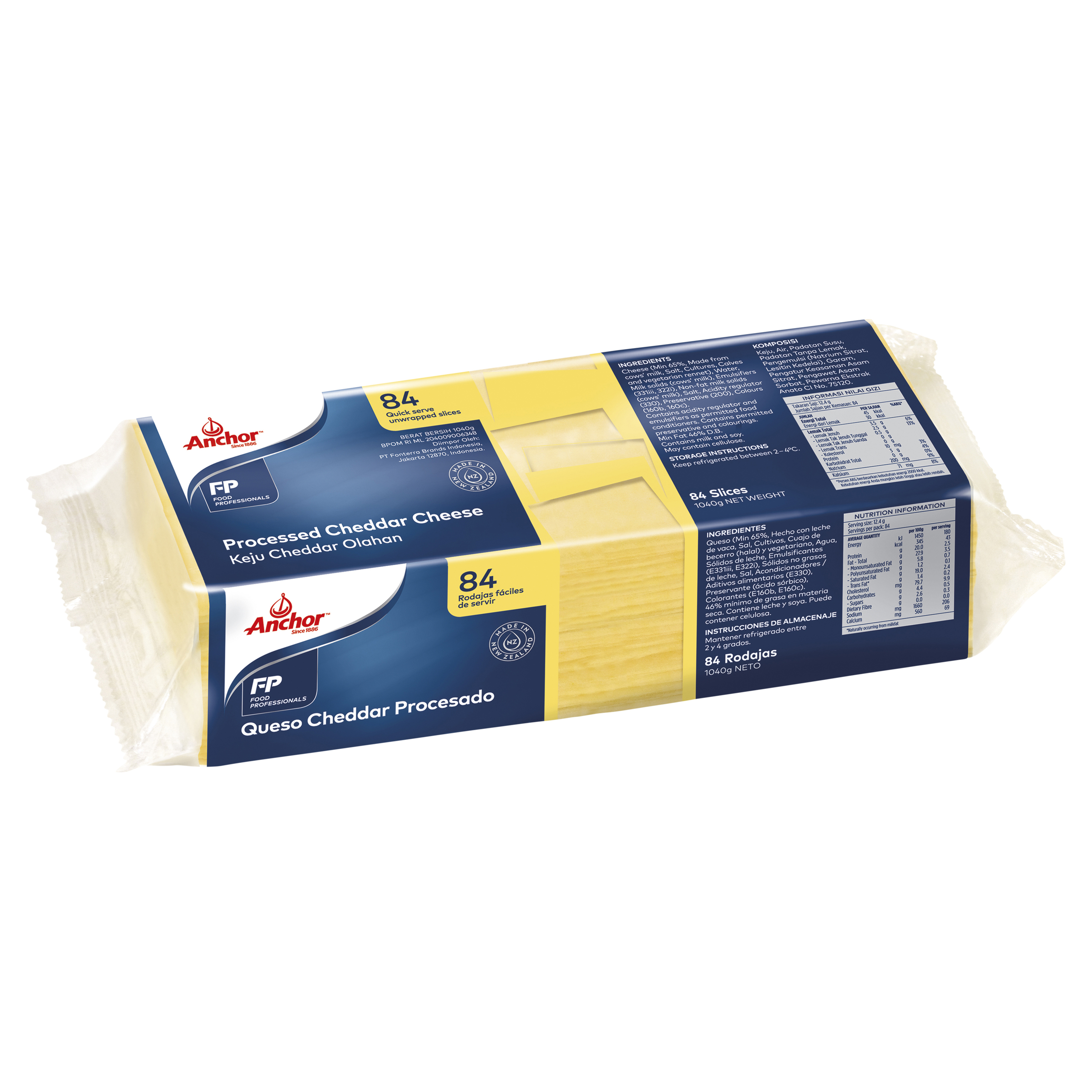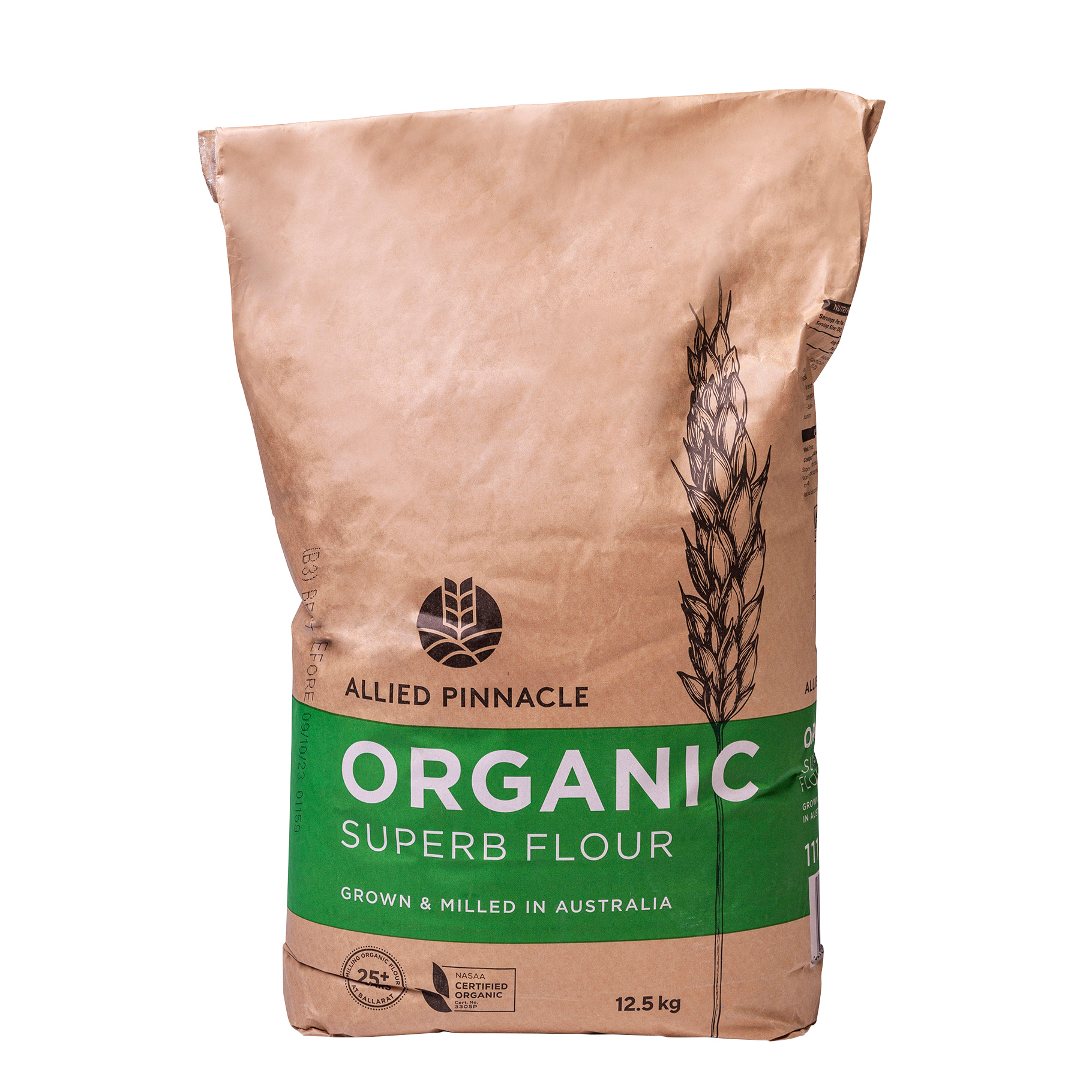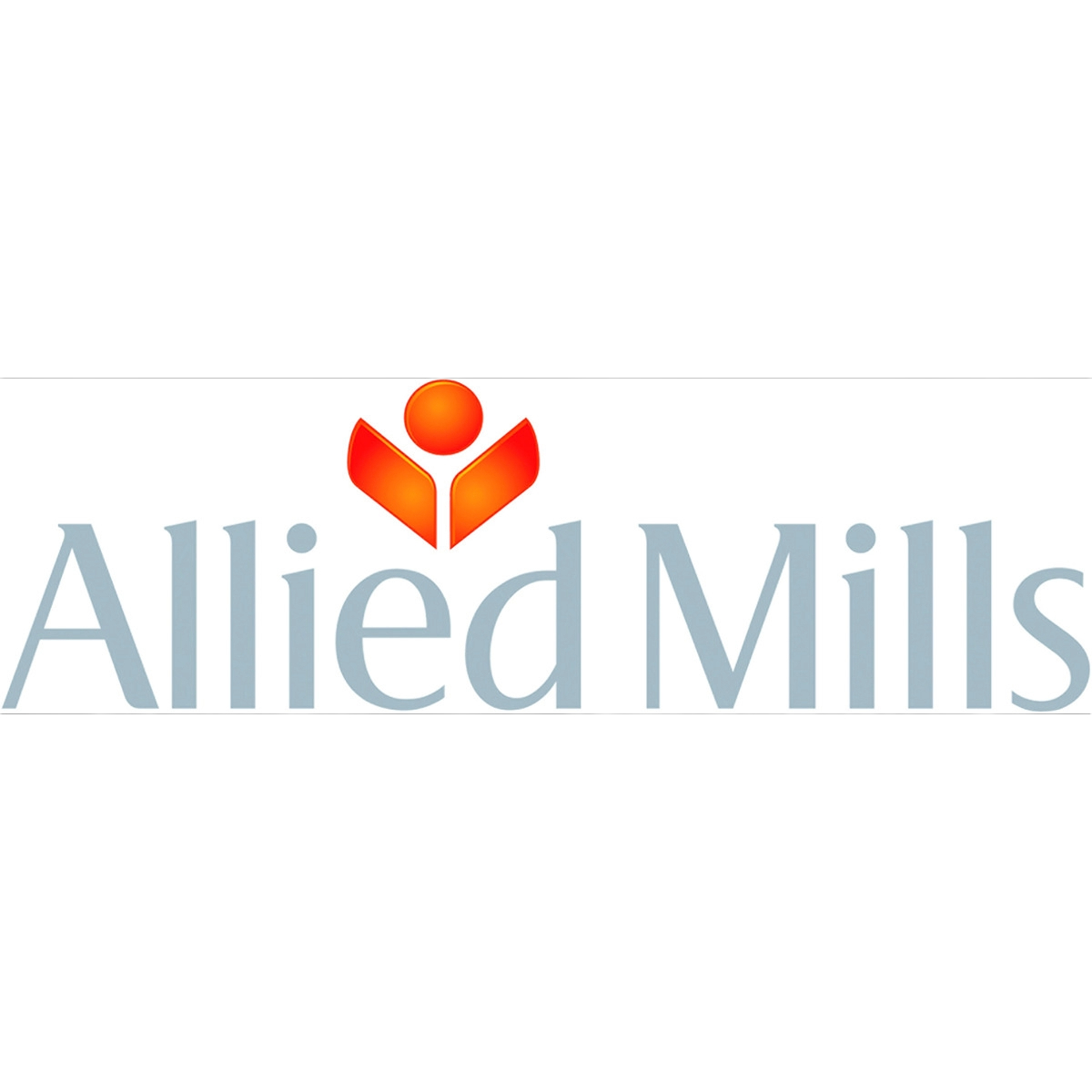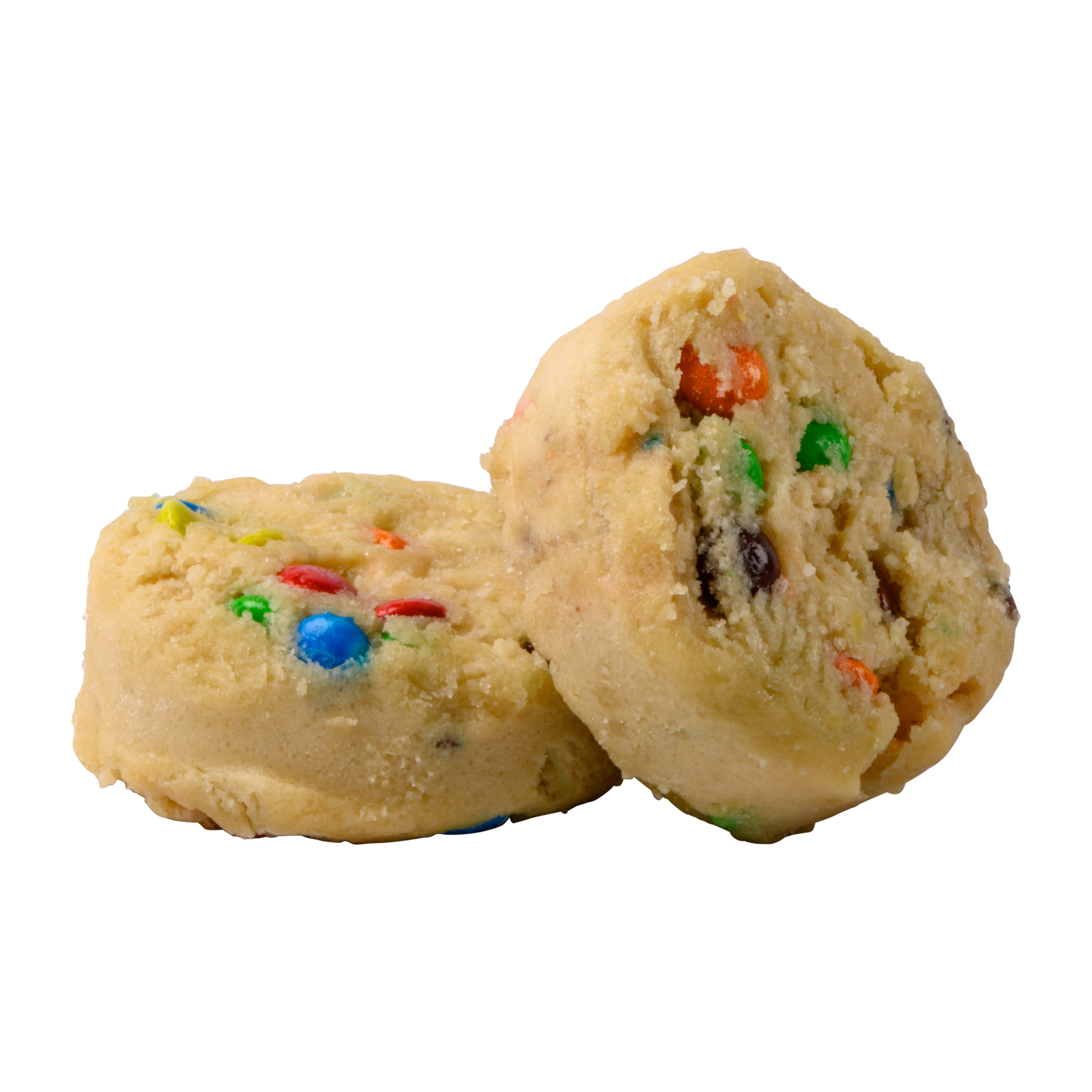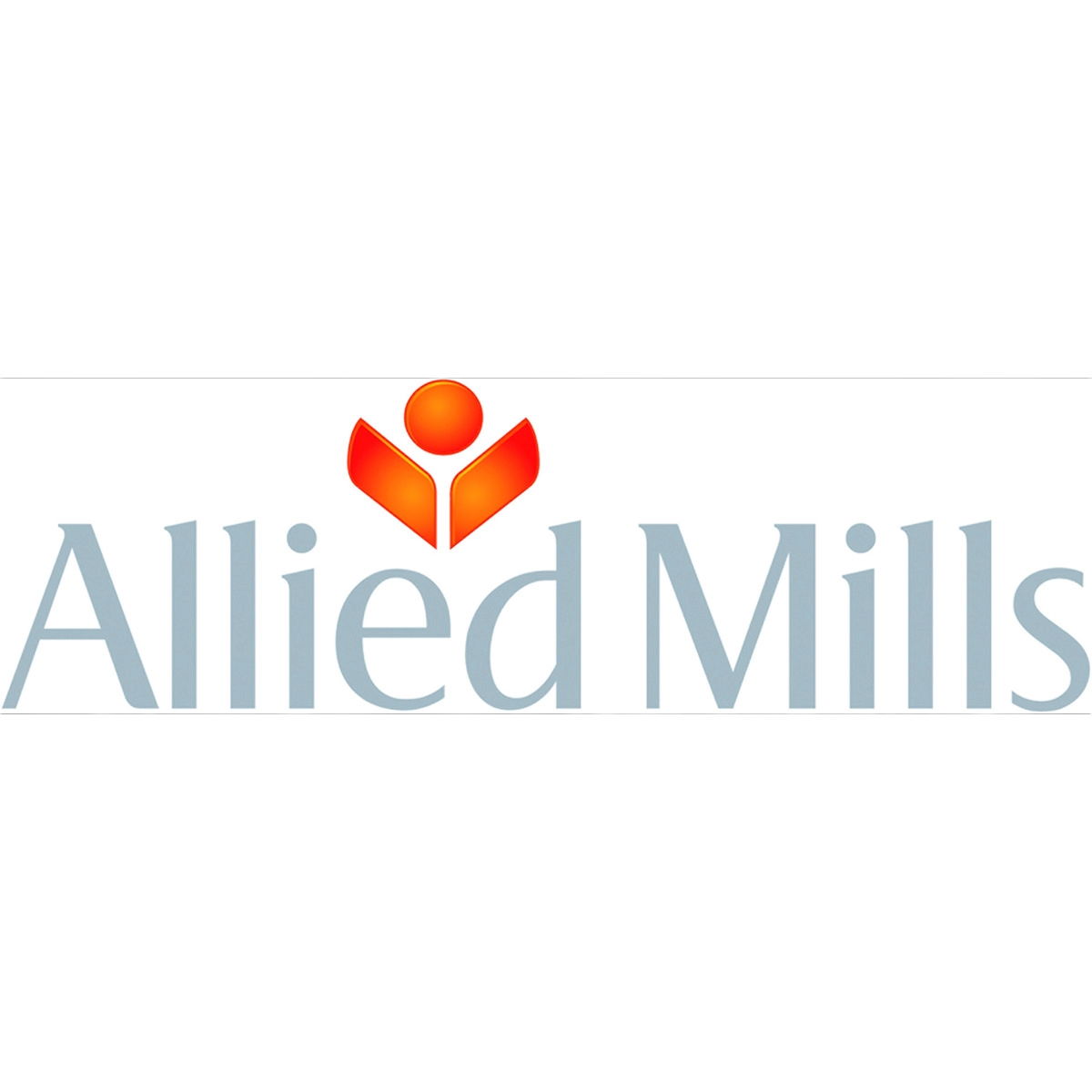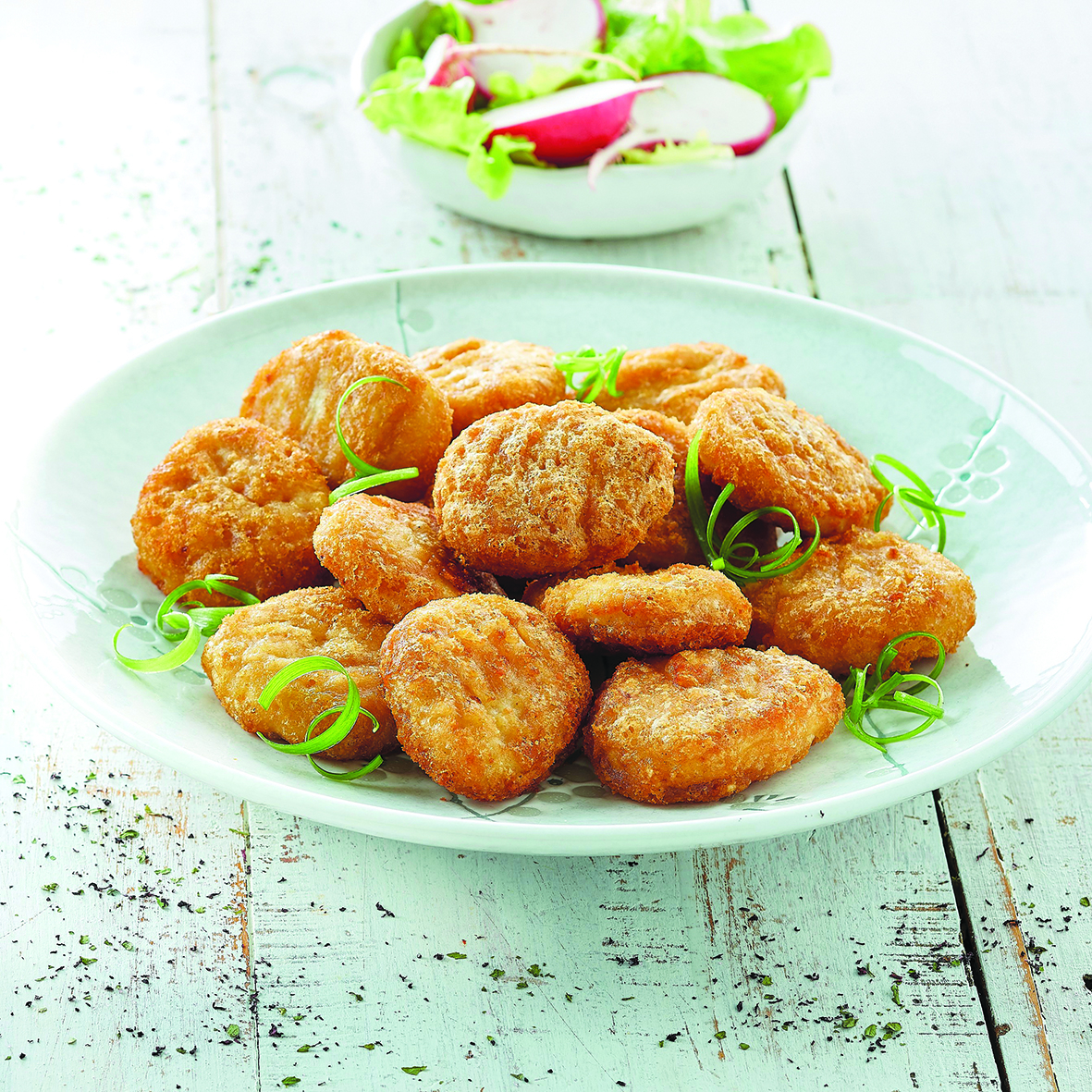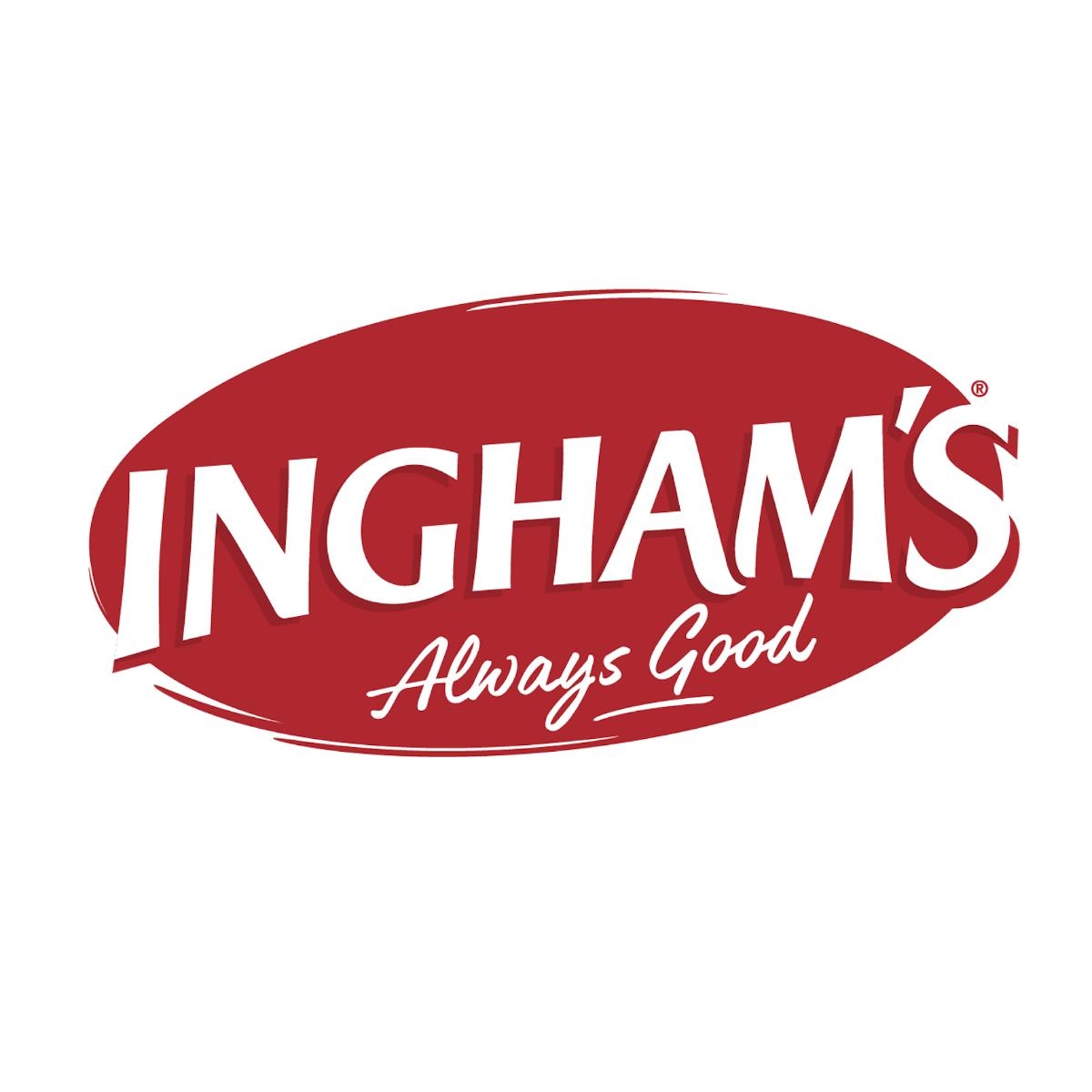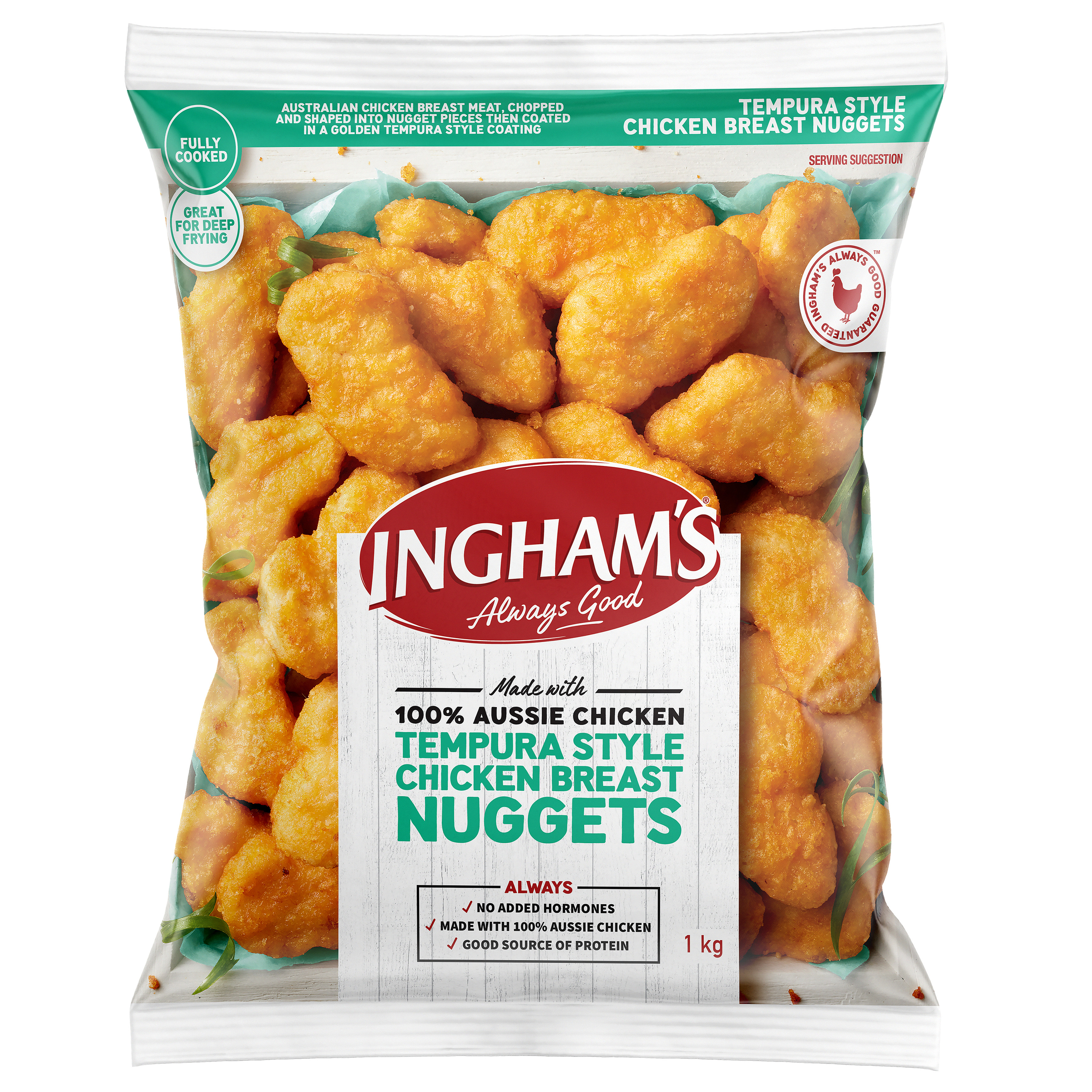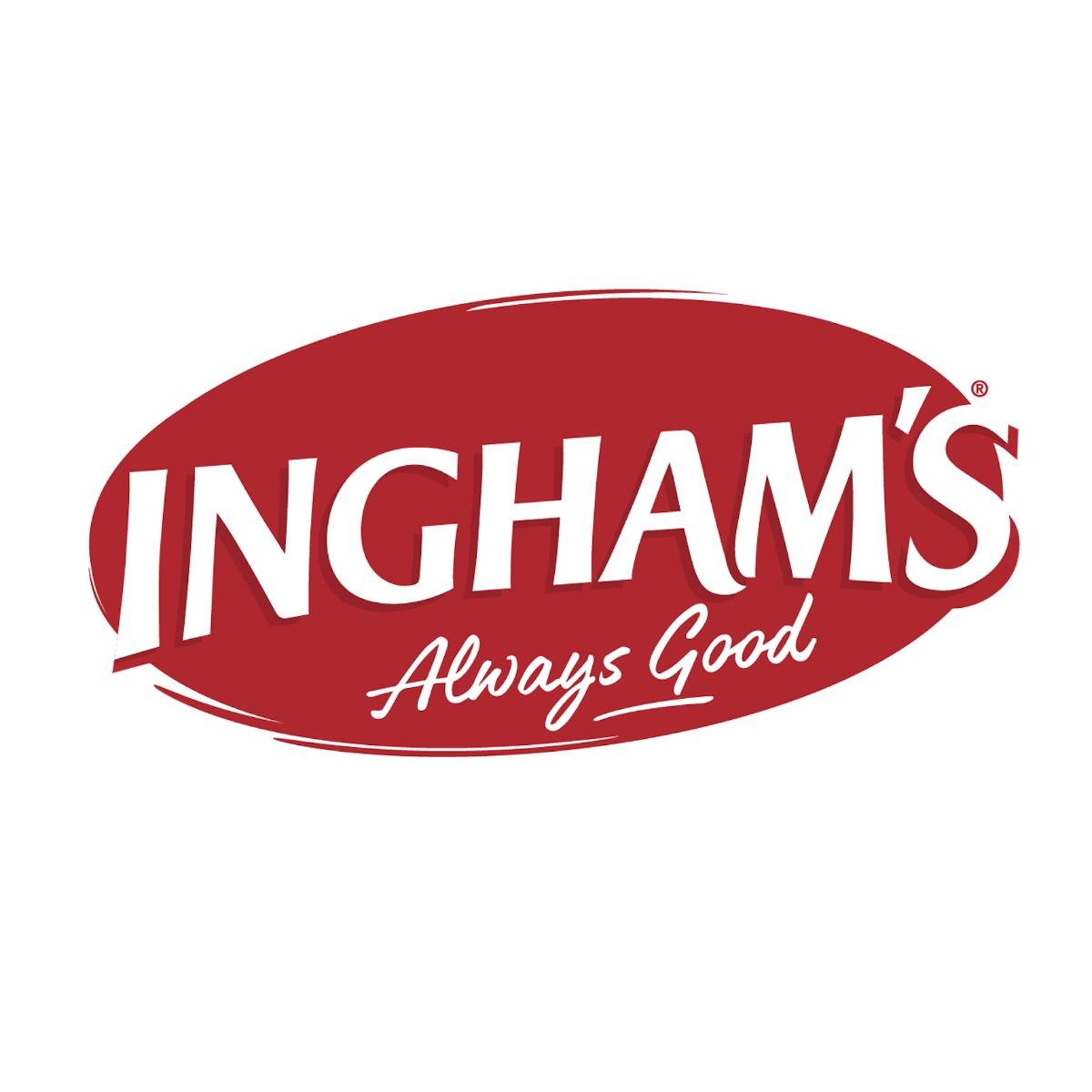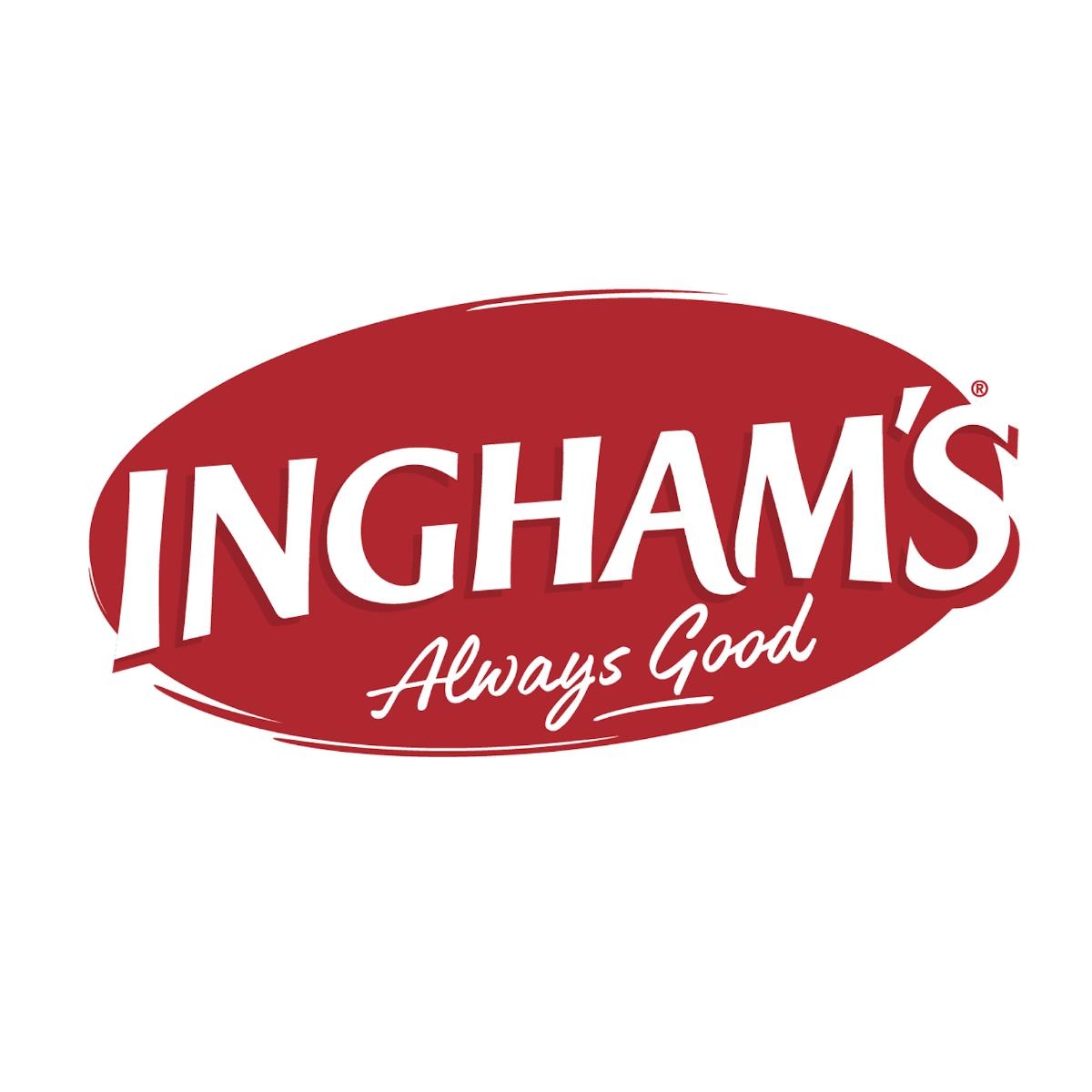In the ever-evolving culinary world, a compelling question emerges: Can artificial intelligence (AI) be harnessed to create recipes for your food-service enterprise? Can this seemingly magical tool solve pain points specific to the hospitality industry and what are the inherent challenges of using it? Let’s put the technology to the test.
The science and art of generative AI
Let’s first address the elephant in the room: although AI is used as a catch-all term, it comes in many forms and derivatives, each with its own optimal use-cases and limitations. For example, the AI in your phone is bound by a set of rules and fixed parameters that have been defined by the phone’s manufacturer. It is engineered to be a helpful receptionist to assist you with small everyday tasks, as long as its requirements are fulfilled.
But today, we will be discussing its newer and deceptively smarter sibling, generative AI. Unlike traditional software that simply follows a set of rules, generative AI uses mathematical algorithms to analyse patterns in data and come up with something entirely new. It’s like teaching a computer to be a creative genius, capable of creating original content based on what it has learnt. ChatGPT is an example of this.
Because of how the comprehension and approximation algorithms work, the result of the output is largely dependent on the quality of the input. The more specific you are with your context and requirements, the more useful and relevant the response will be to you. Instead of telling it what to do, tell it what you’re trying to achieve. Think of it as talking to a collaborator instead of an assistant, and it will give you more well-rounded guidance.
The challenges of AI in culinary creations
A good recipe takes many things into consideration: it starts with a good idea, then follows with precise measurements and clear instructions for preparation and service that make it replicable by another chef or cook reading the recipe.
For those of us who struggle with writers’ block, generative AI (which I will refer to as AI for the rest of the article) can help with the initial brainstorming process. If there is indeed no such thing as an original idea, then AI’s suggestions – curated from its vast cache of stored data and generated in a few seconds – would be on par with that of most humans, saving you time in the process.
But this does not come without its downsides. Jo Lim, who served as Chef Du Cuisine at The Vard hotel for six years, questions the very data set that AI draws its information from. “Where is AI getting its information from? Professional chefs who are writing recipes for service aren’t posting them online, which means that the information you’re getting is taken from home cooks or recipes that are aimed at home cooks, not chefs that do this for a living,” he says.
In my experience, this is a definite challenge. AI often gives interesting ideas that are more suited for dinner parties and weeknight meals. However, it also requires a pre-existing wealth of knowledge to curate the options and consider their viability. Not to mention that the more creative an idea, the more inaccurate the recipes tend to be, making prior knowledge all the more essential for weeding out the duds. “AI gets confused a lot, especially when it’s a really rare or special dish,” says Christine Knight, professional recipe writer. “I asked AI for a recipe for Hokkien fried rice and due to its rarity (through its history and translation) it just gave me a recipe for Hokkien fried noodles instead. Even after I corrected it, it simply agreed with me and confidently repeated the wrong information. It would have been a disaster if I didn’t already know what I was doing.”
But AI can still make a meaningful impact as a jumping off point. Too many times have I edited a recipe where the chef’s instructions say something like “cook until the chicken is done”, with no other explanation. AI can provide basic methodology and information with conventional terms, only requiring the chef to spend 10 minutes editing the inaccuracies, rather than a few hours composing the instructions.
Lim agrees that it can give you a standardised framework but argues that in the grand scheme of running a kitchen, recipe writing is just the beginning when it comes to problems of AI’s application in food service. “The dining experience extends beyond the food, and AI cannot consider all the nuances of the business that an experienced human can”.
So should you use AI in your food-service business?
With the limitations of using AI to write your recipes, perhaps it is more useful in other parts of your business. I find it particularly useful in suggesting templates for various proposals that I’ve had to write. “It would be useful for providing a basis for standard documents that the business would require, like training manuals, signposting, or just project building framework in general,” explains Knight. “AI removes a lot of the noise by condensing and summarising, but you have to be knowledgeable enough to know whether it has prioritised the information correctly.”
Ultimately, AI cannot run your business for you. You have to already know how to run it, and only then consider how it can help you as a tool. AI as we know it today is like the internet was in its infancy. Even though it required specialised equipment and seemed like an esoteric tool used by a select few, we matured with it, leading to its omnipresence in our lives today. Perhaps it is less a question of whether you should use AI in your business, but how you can use it effectively.

